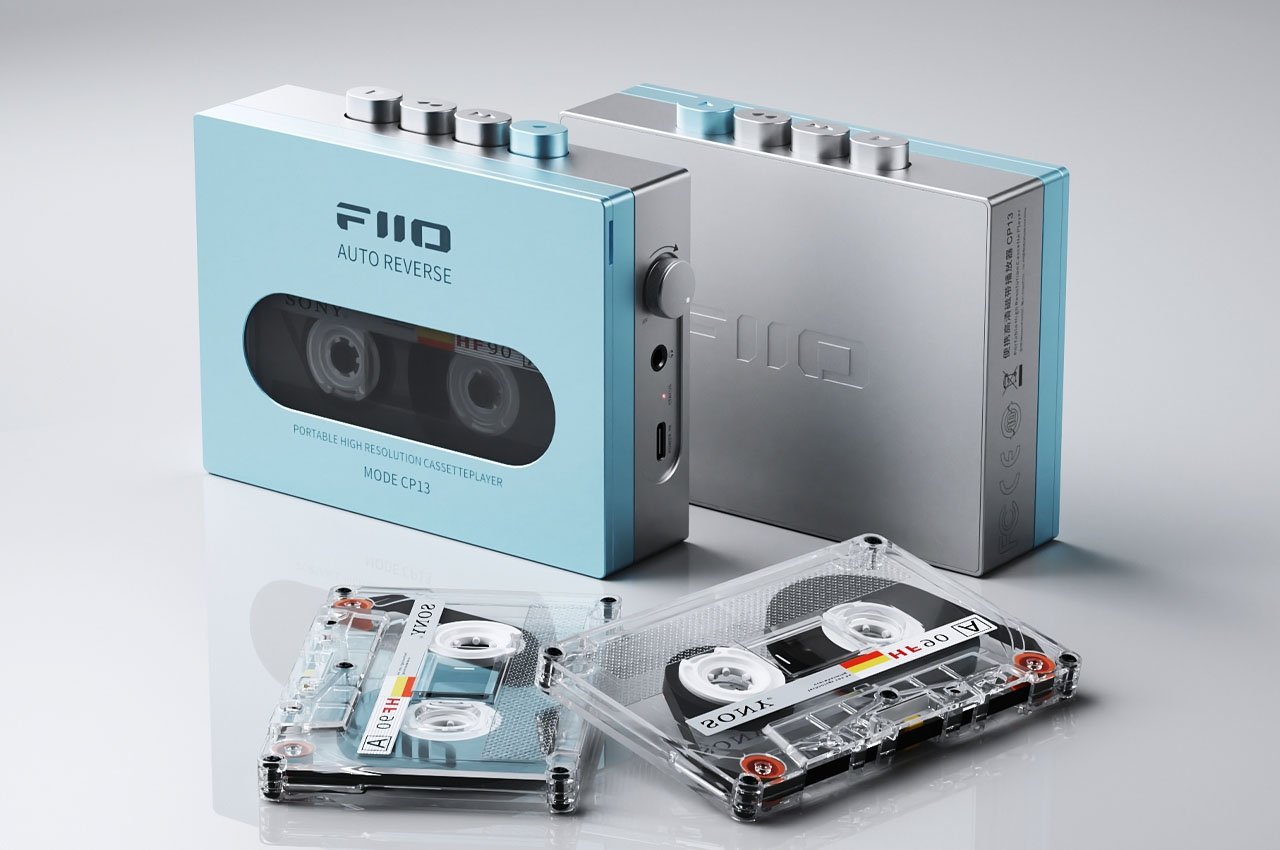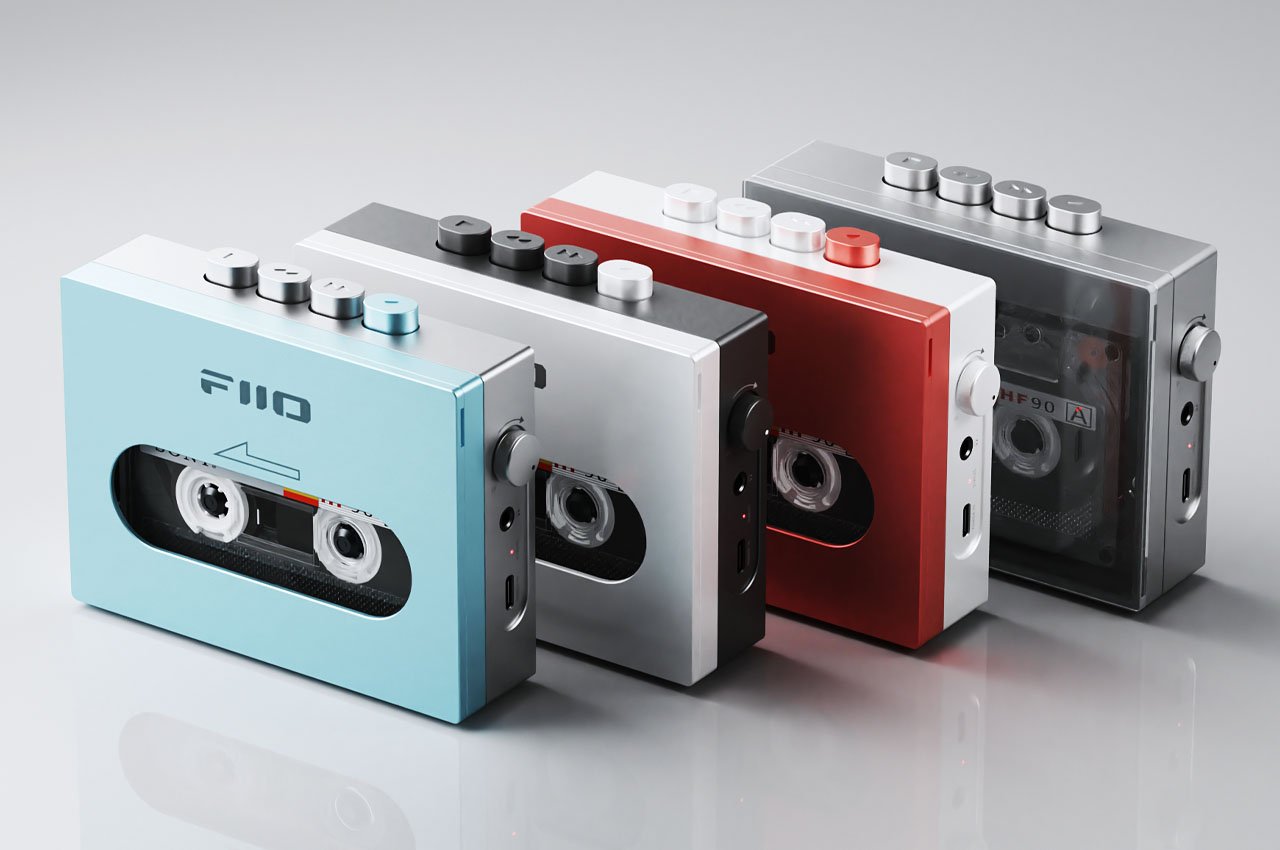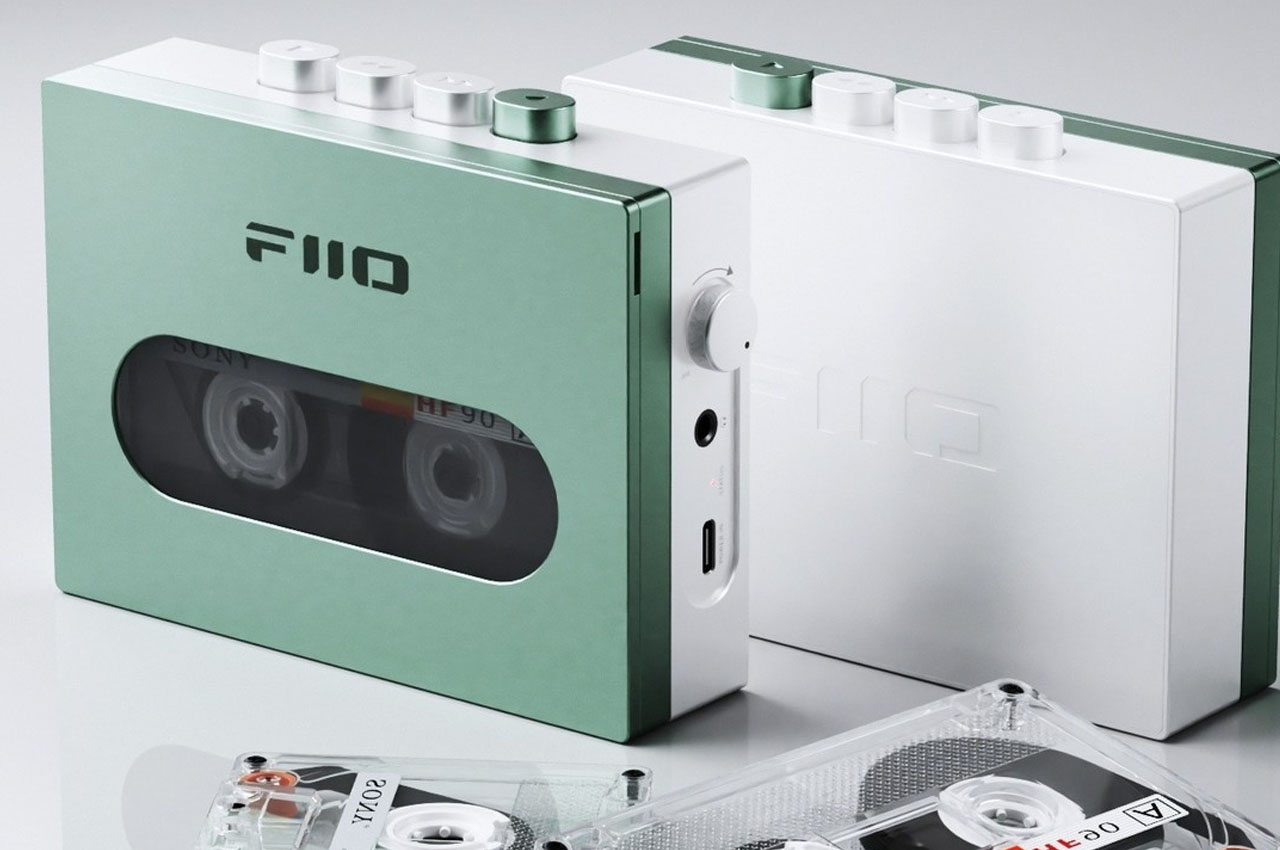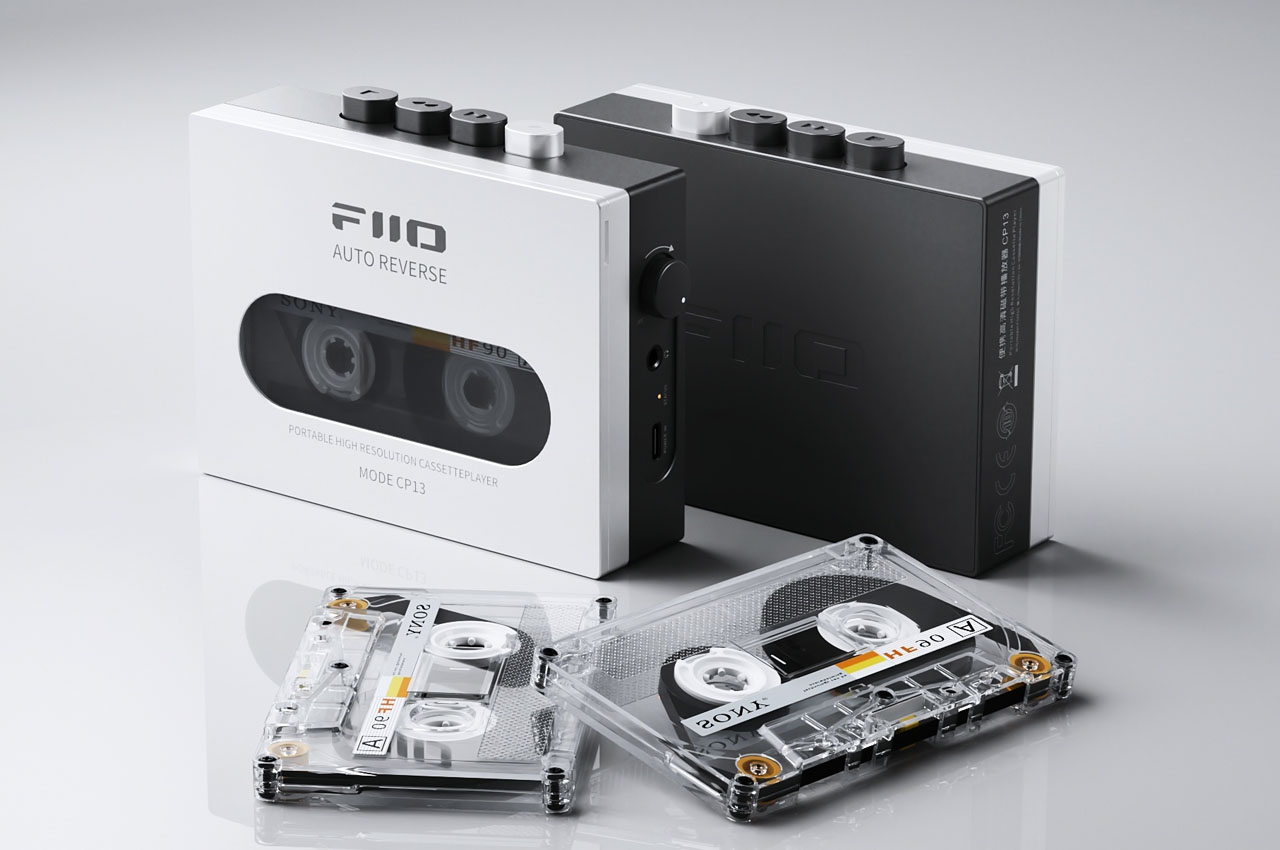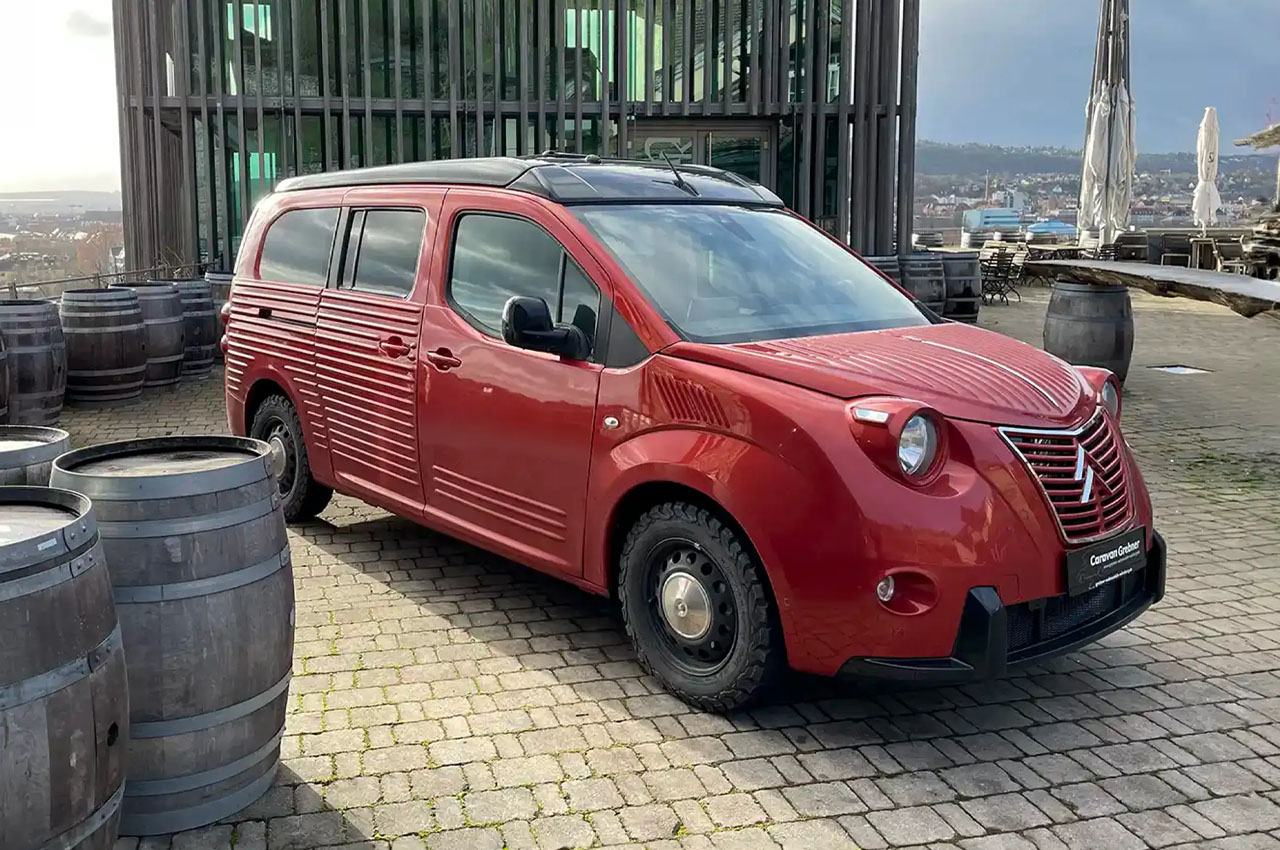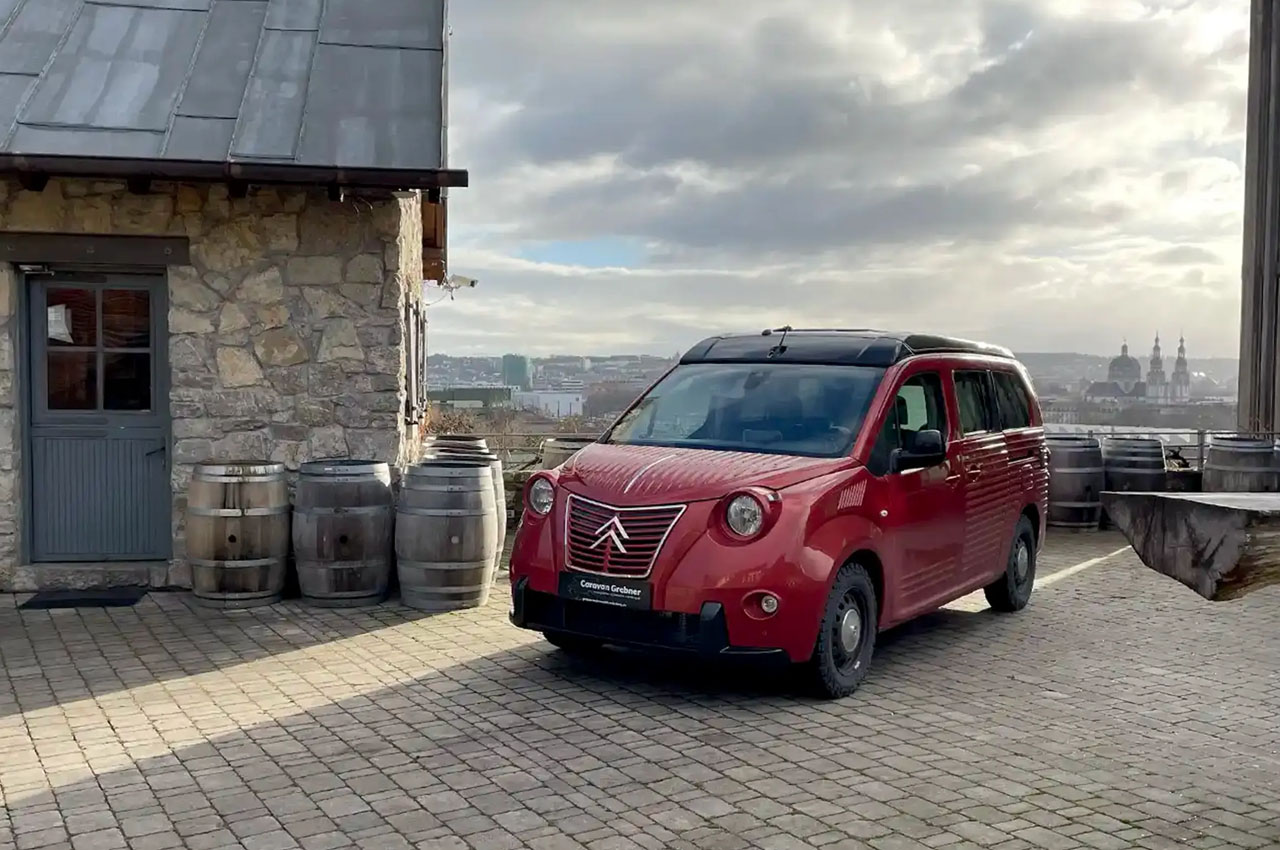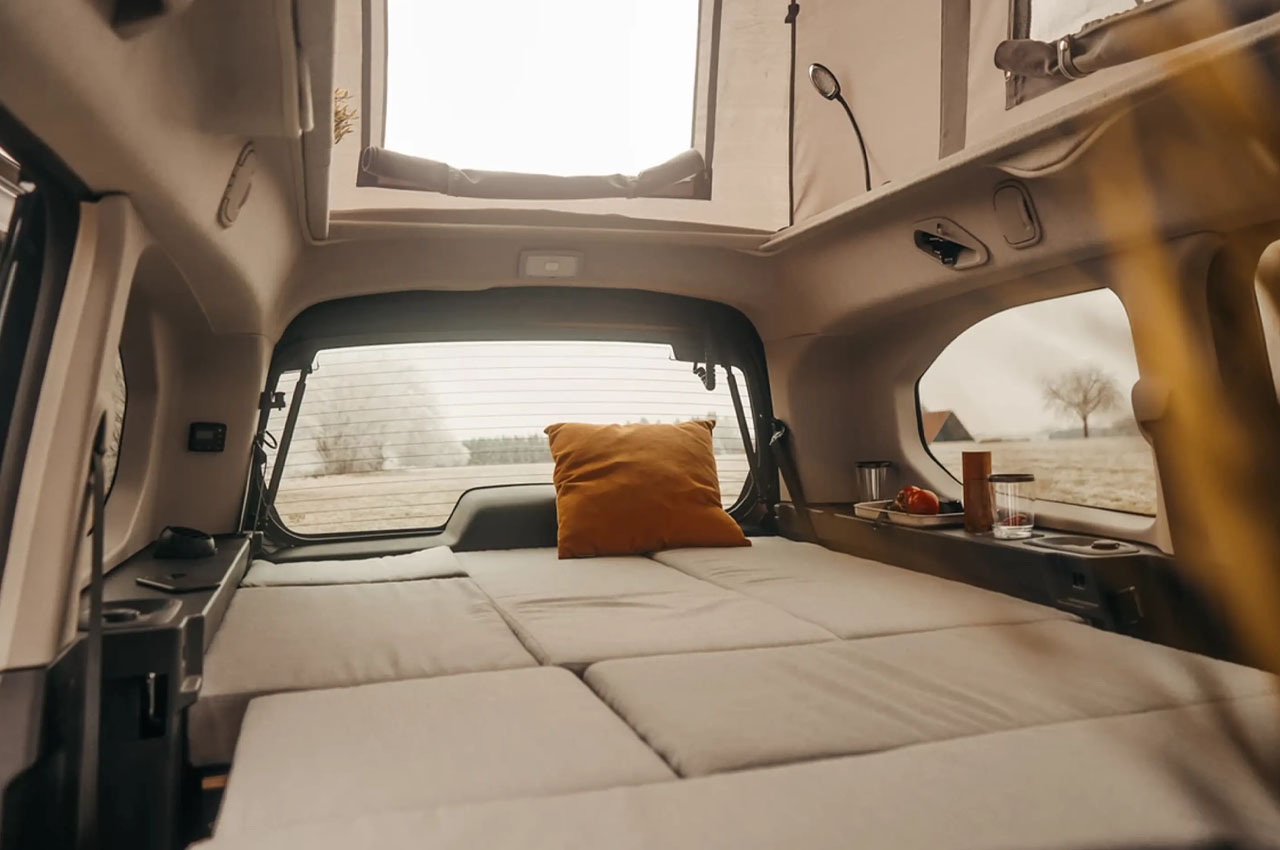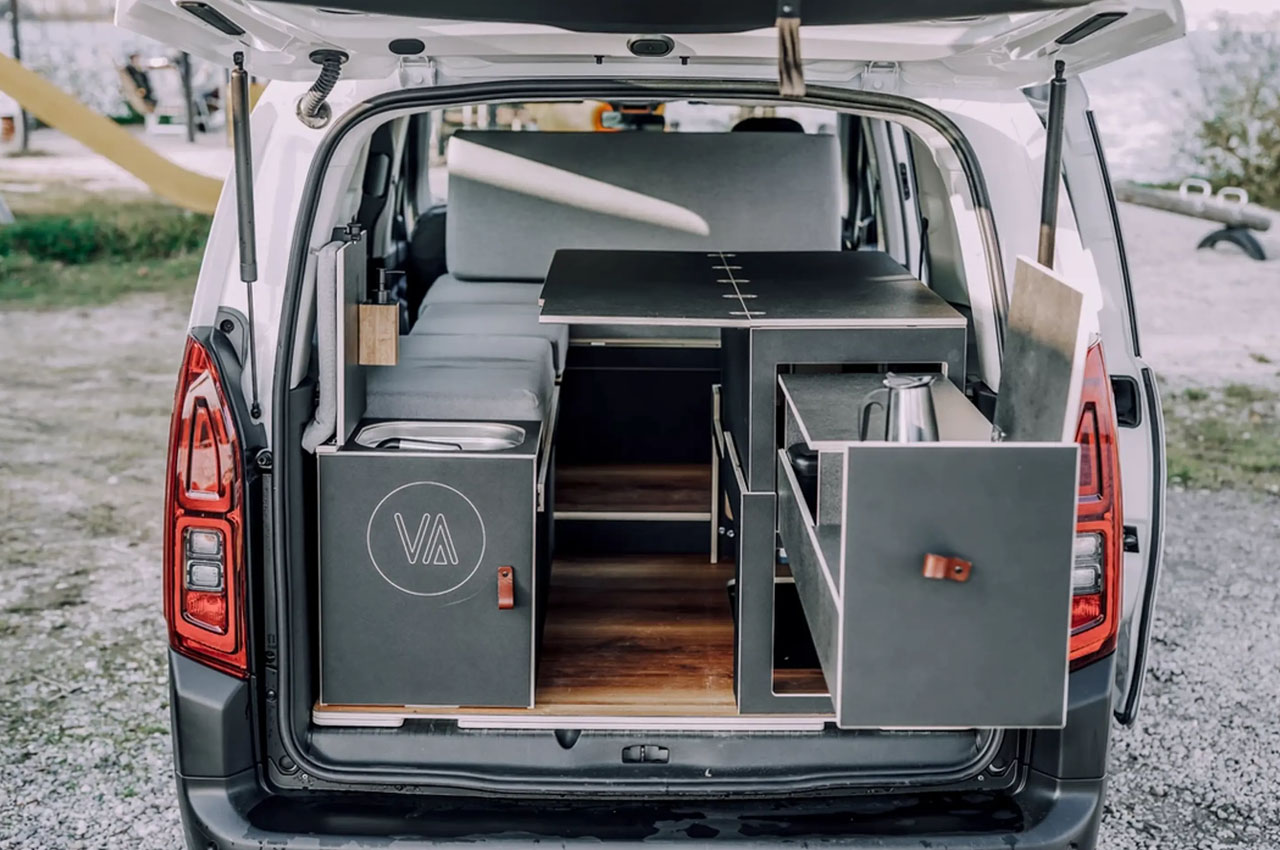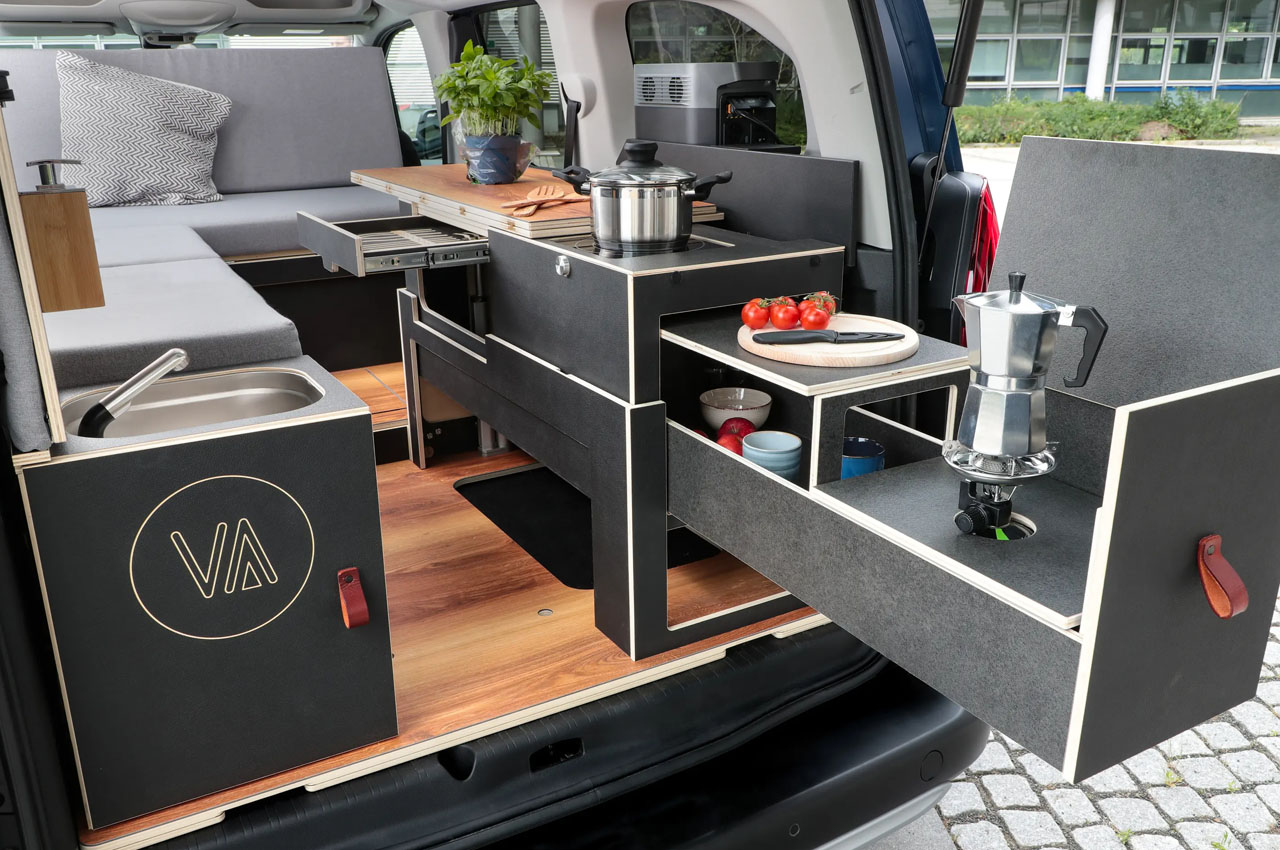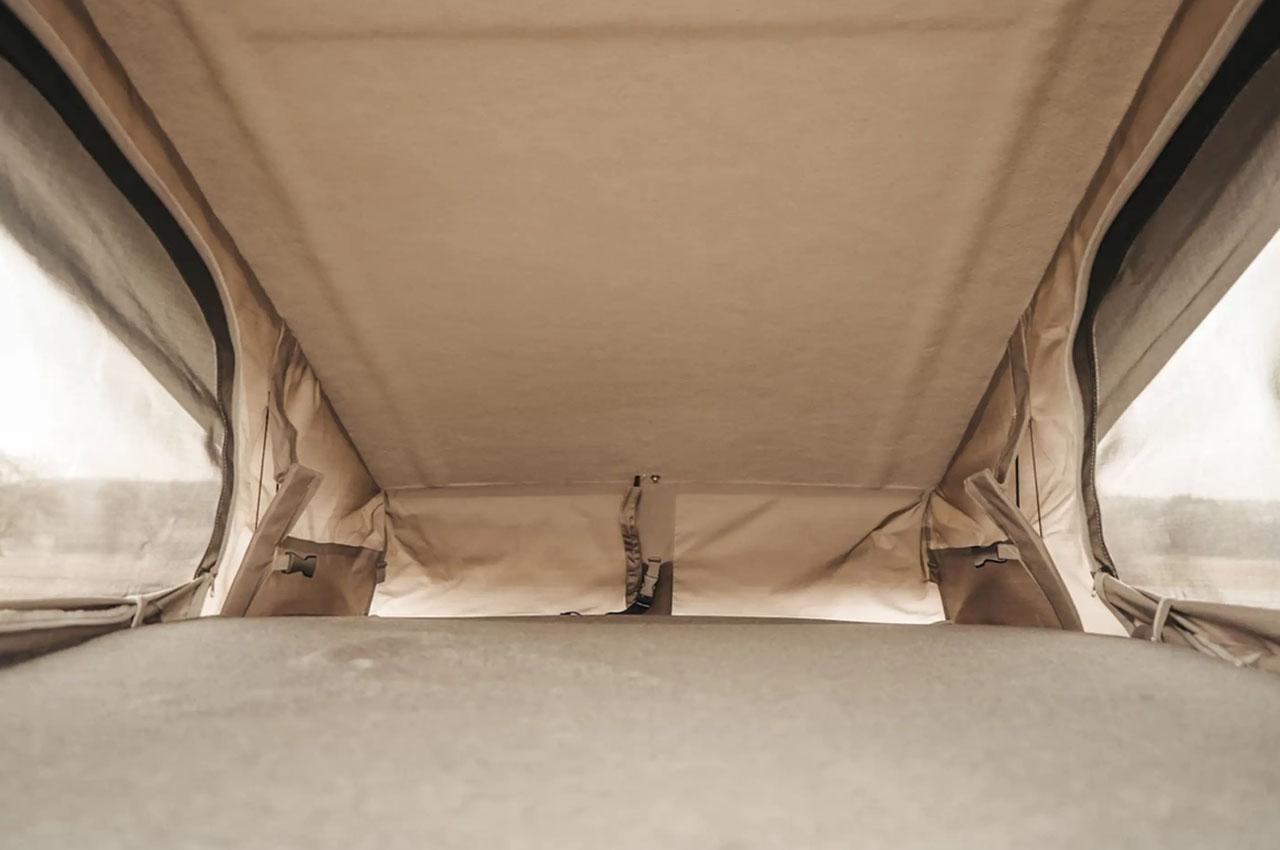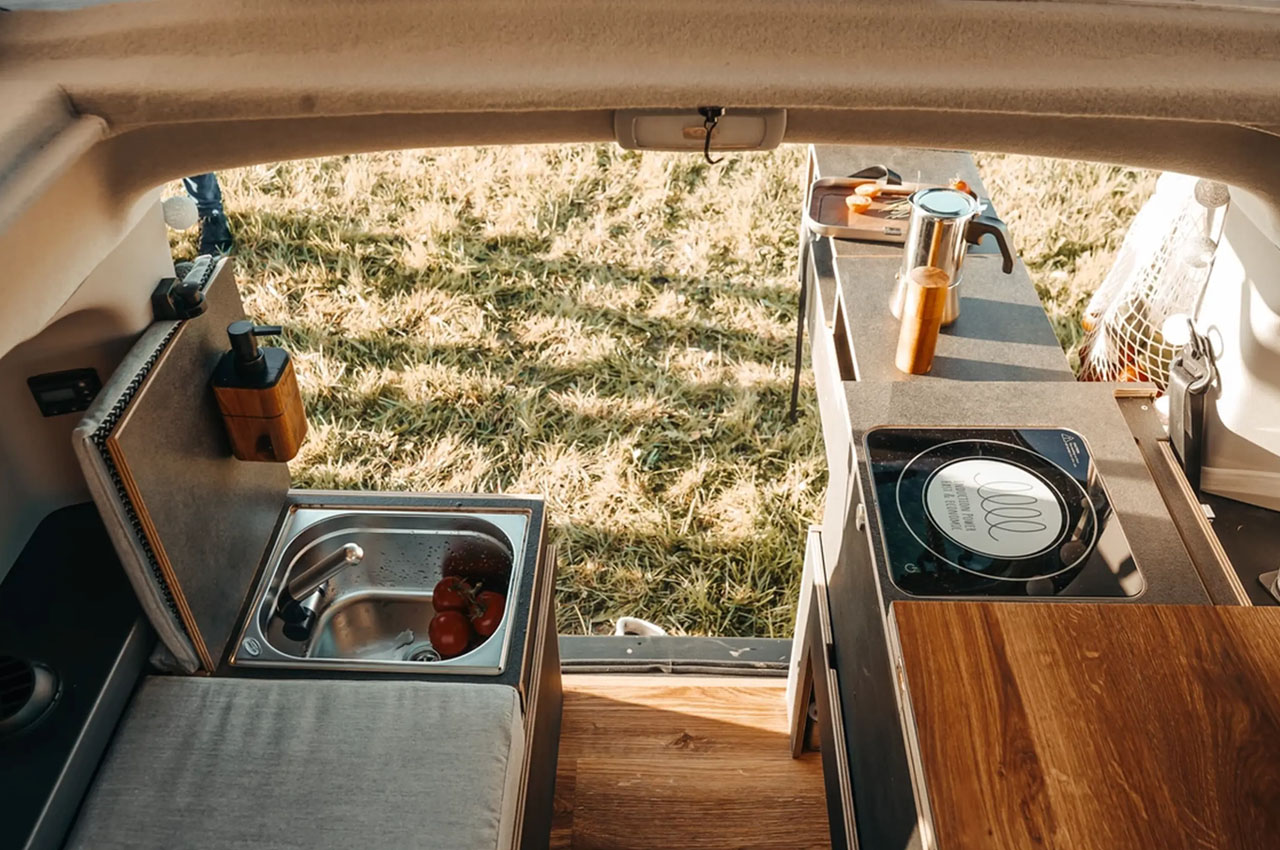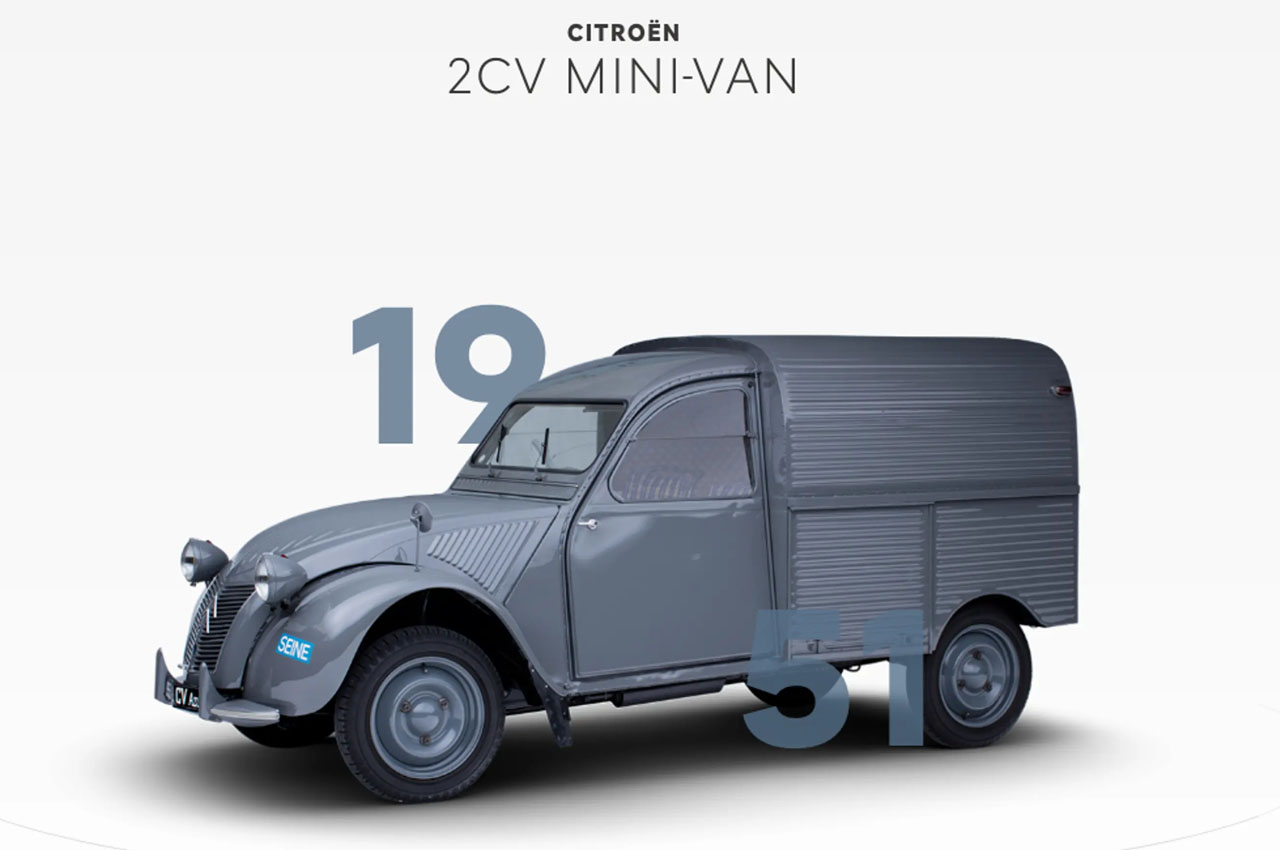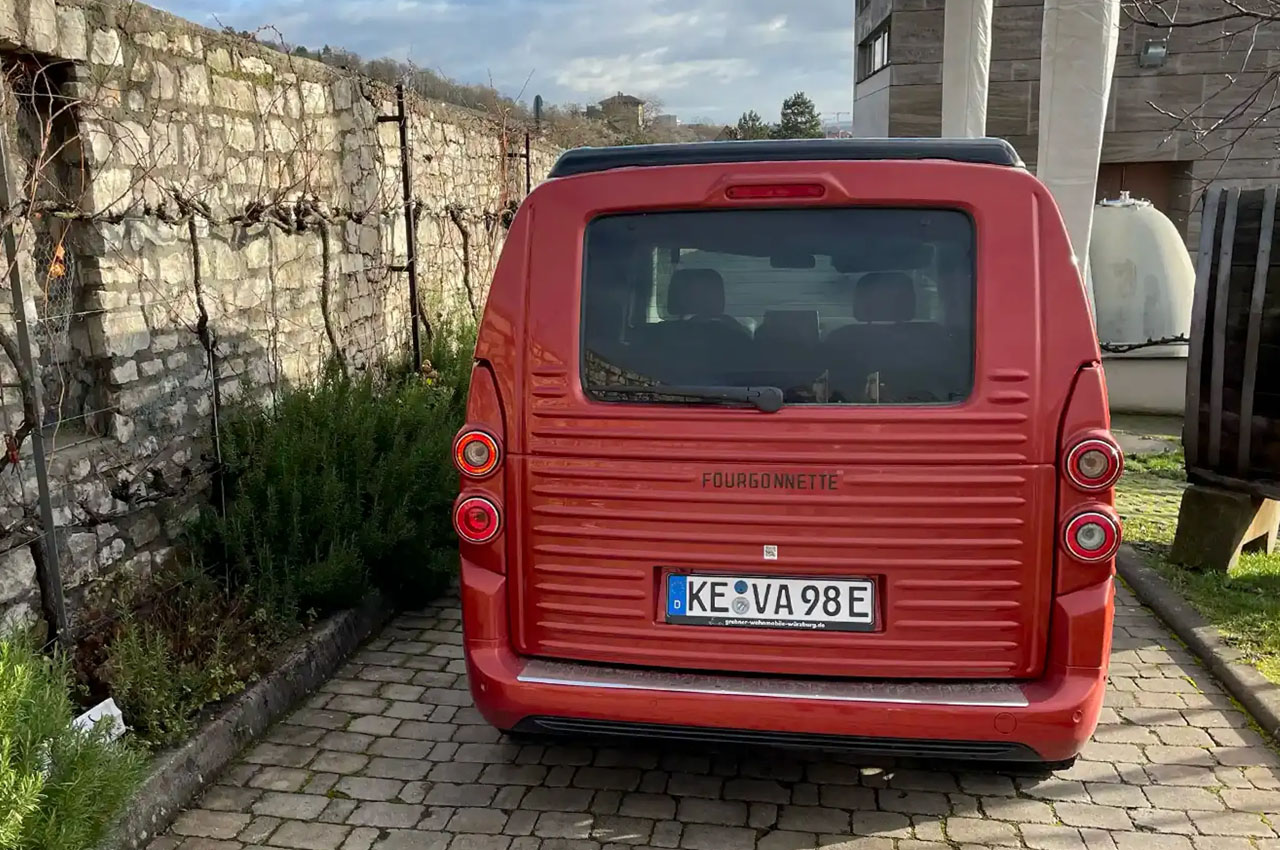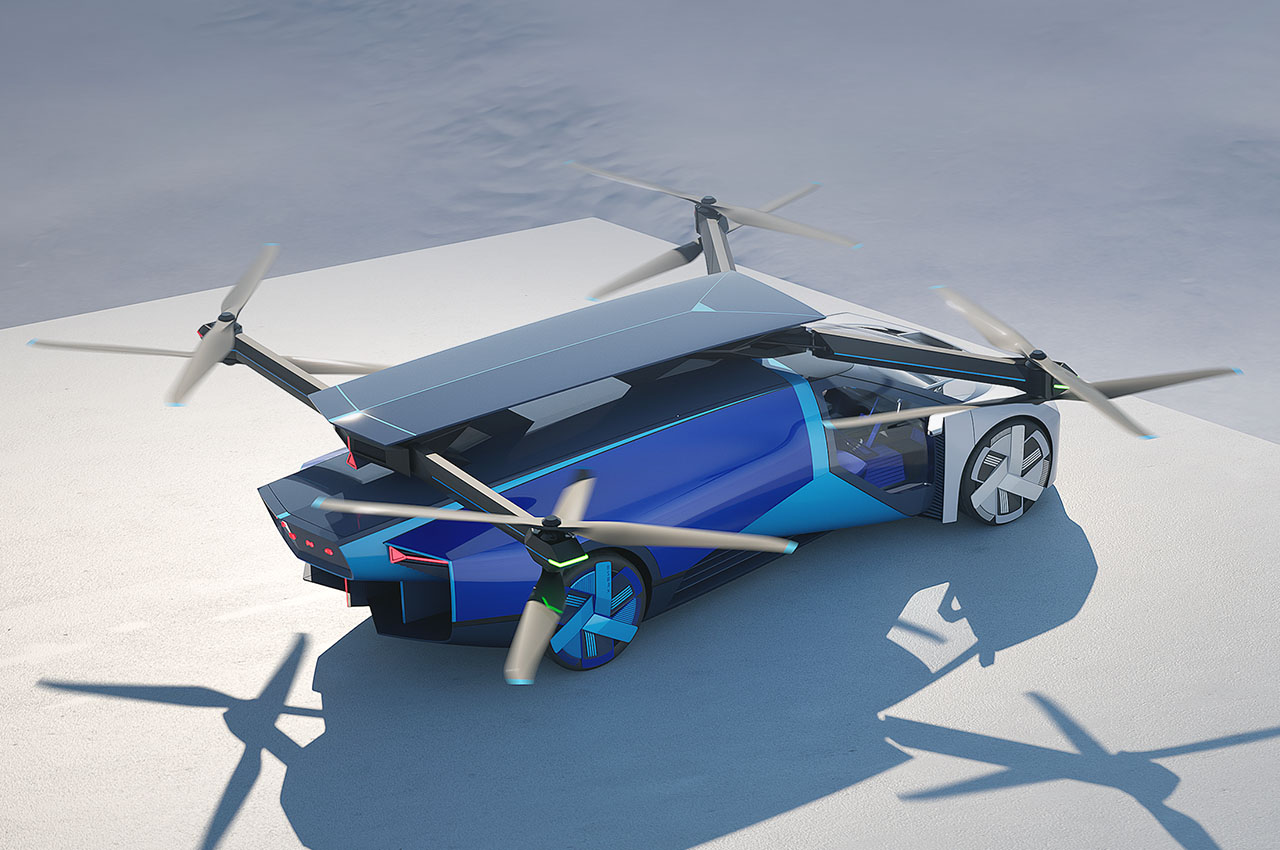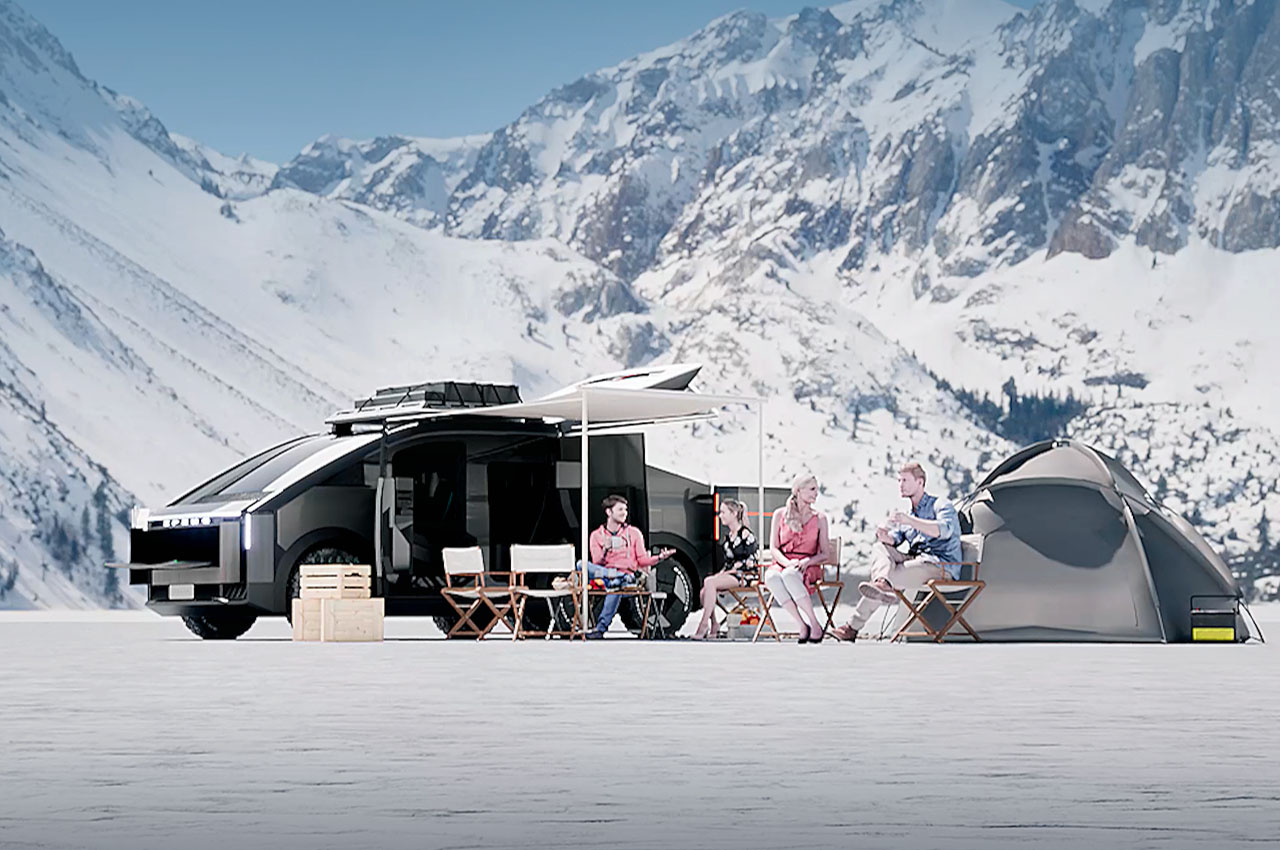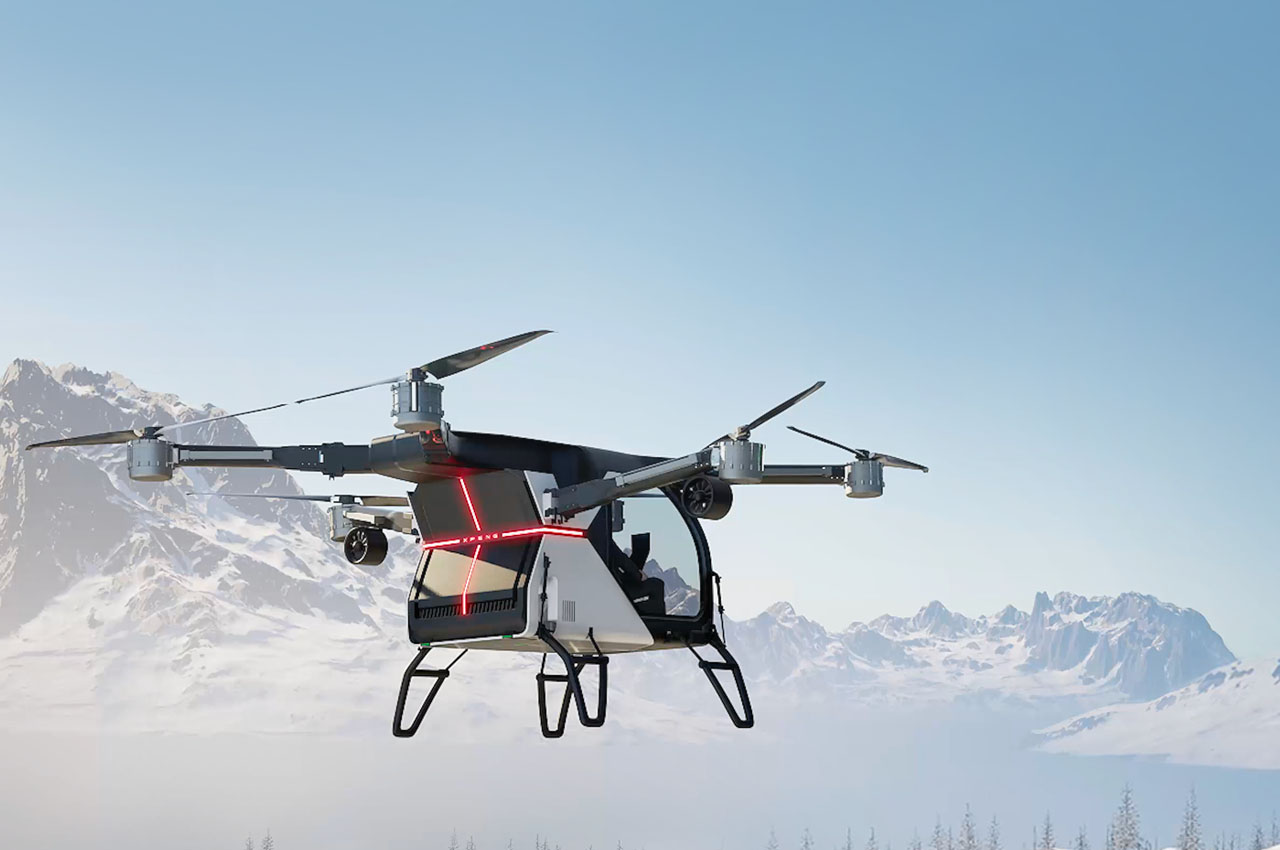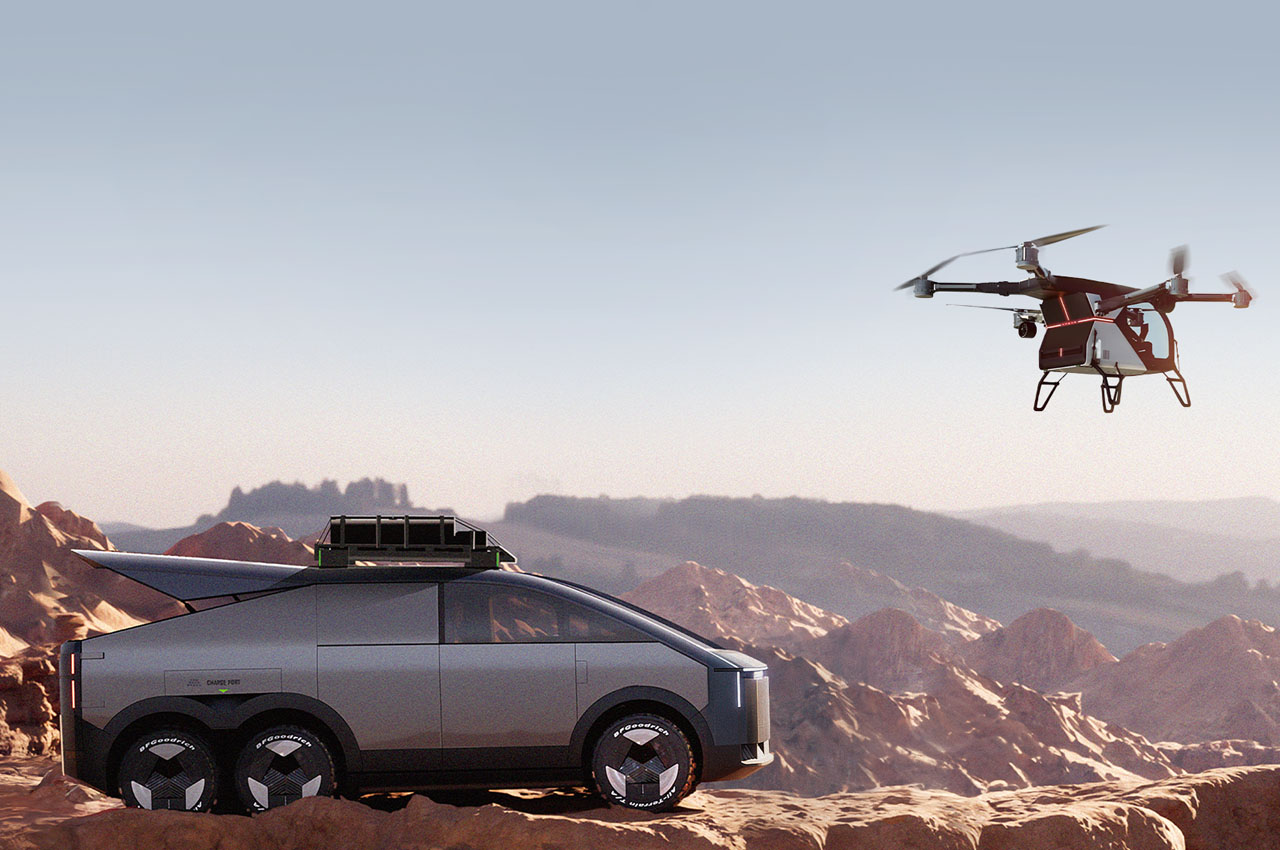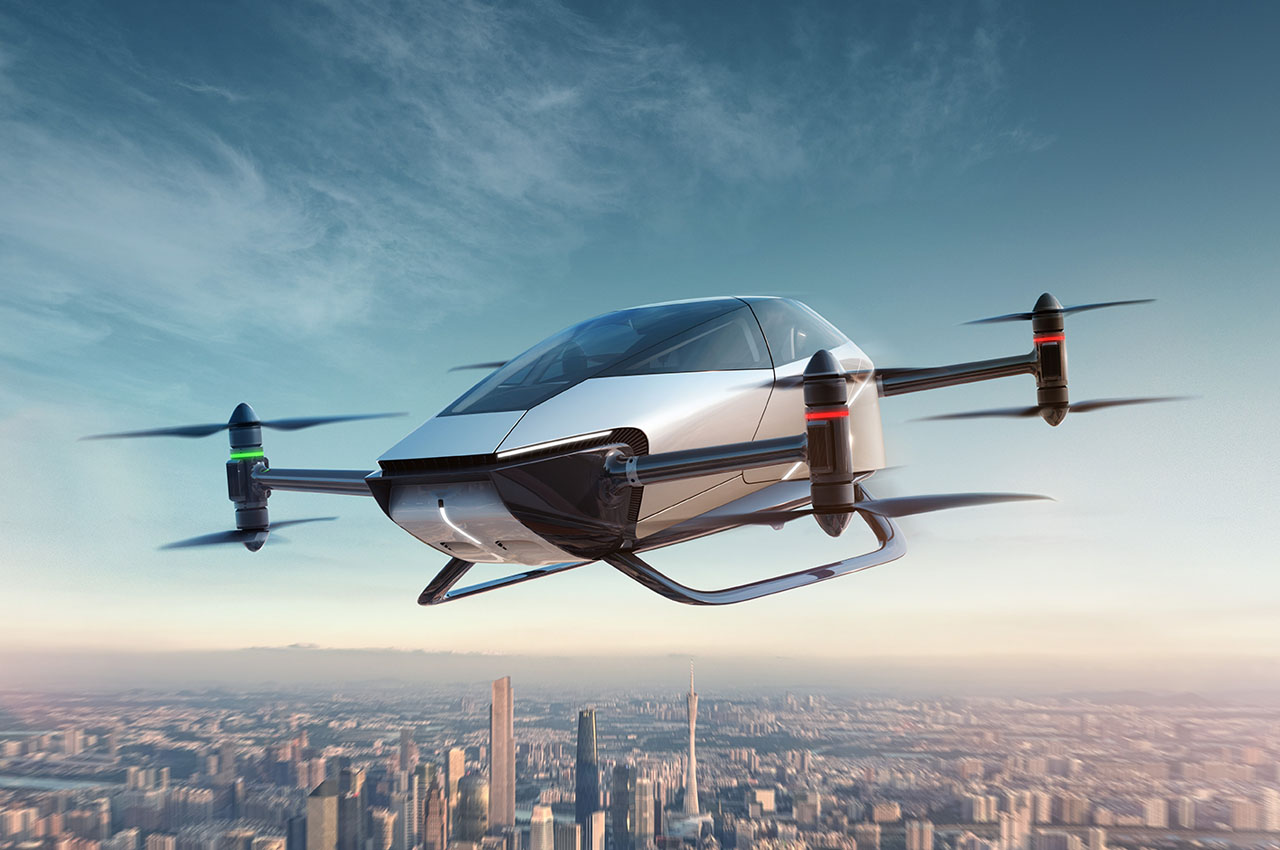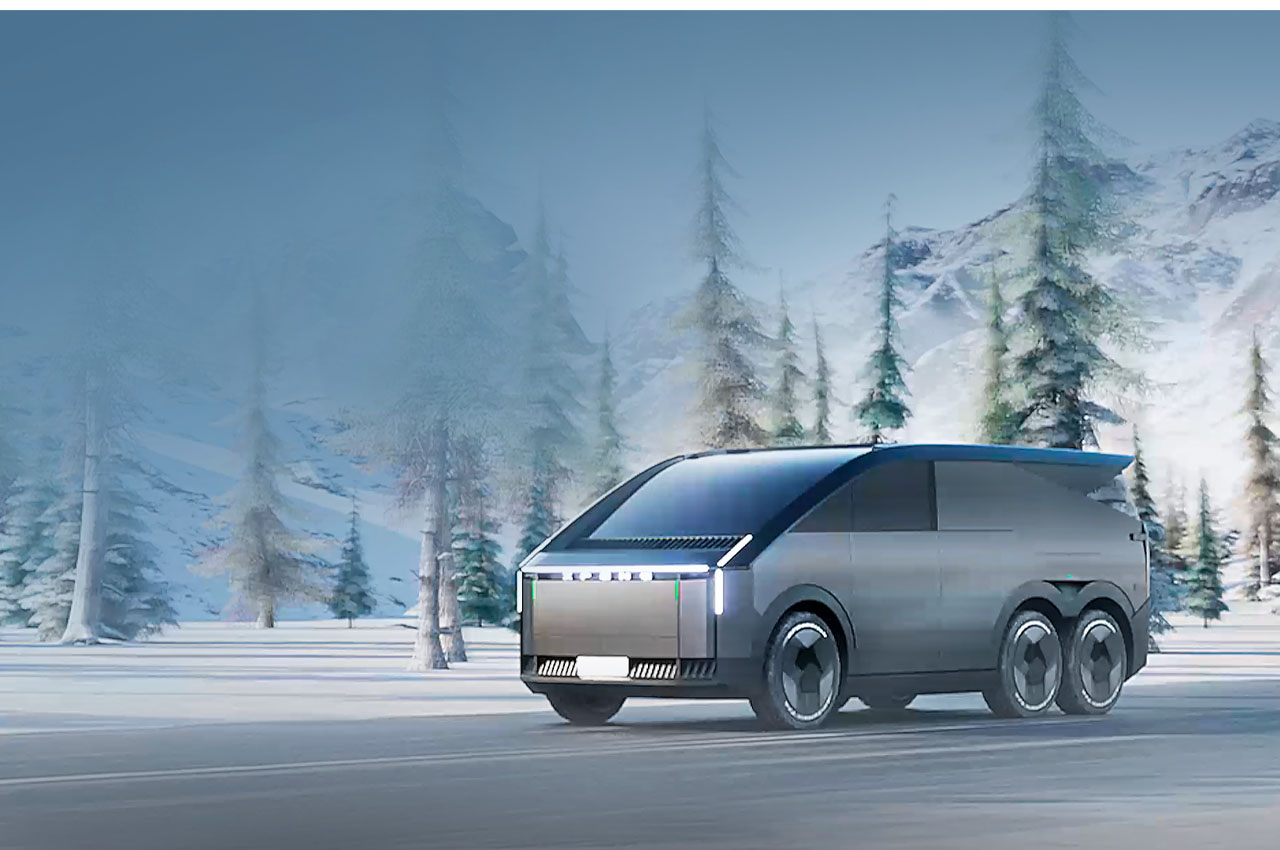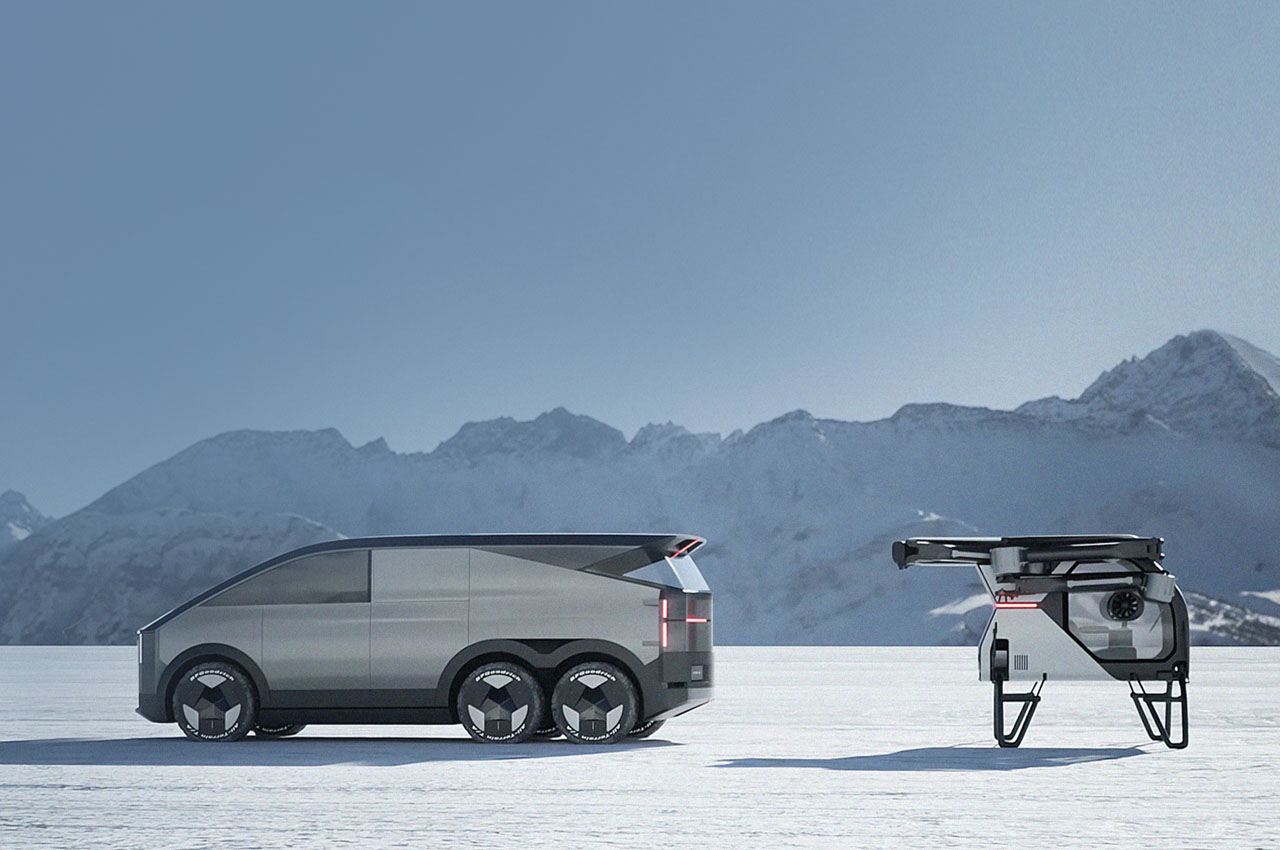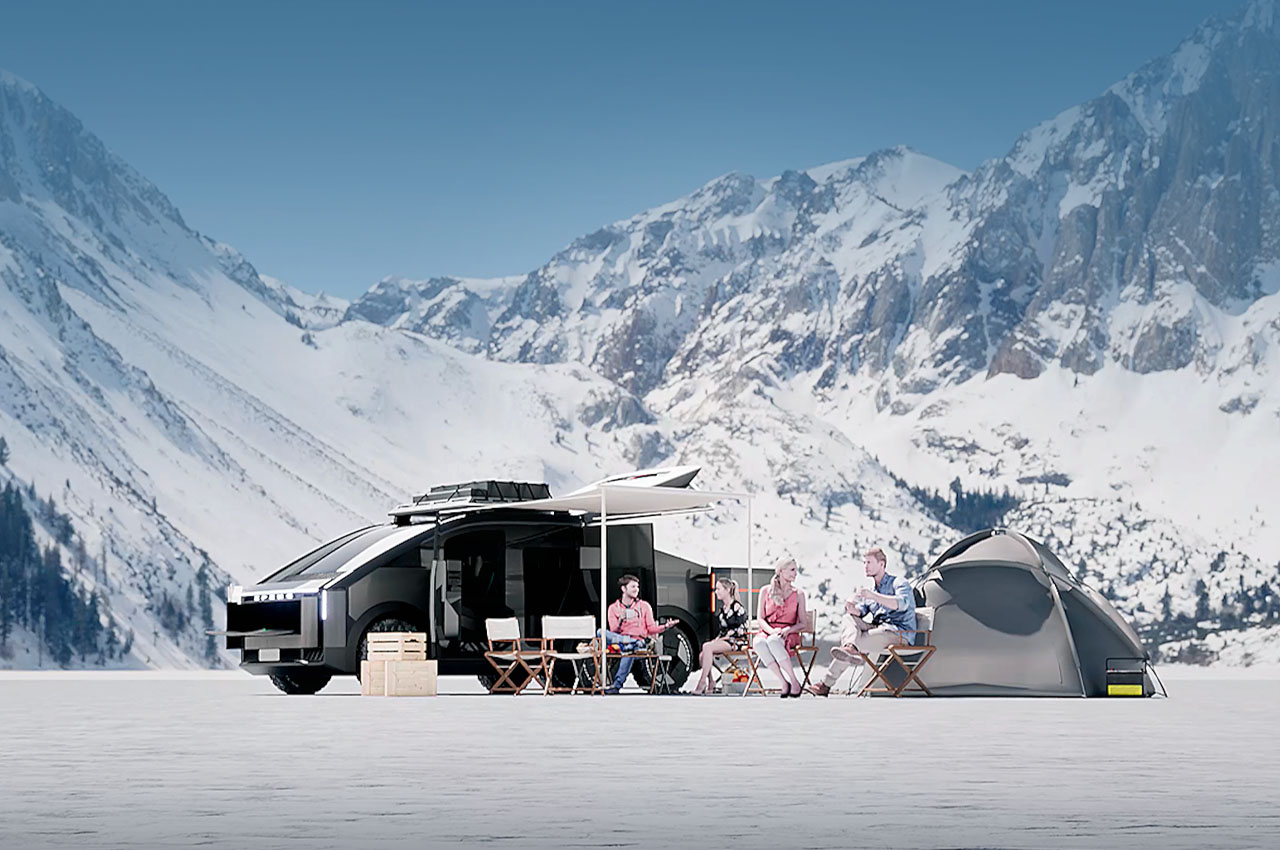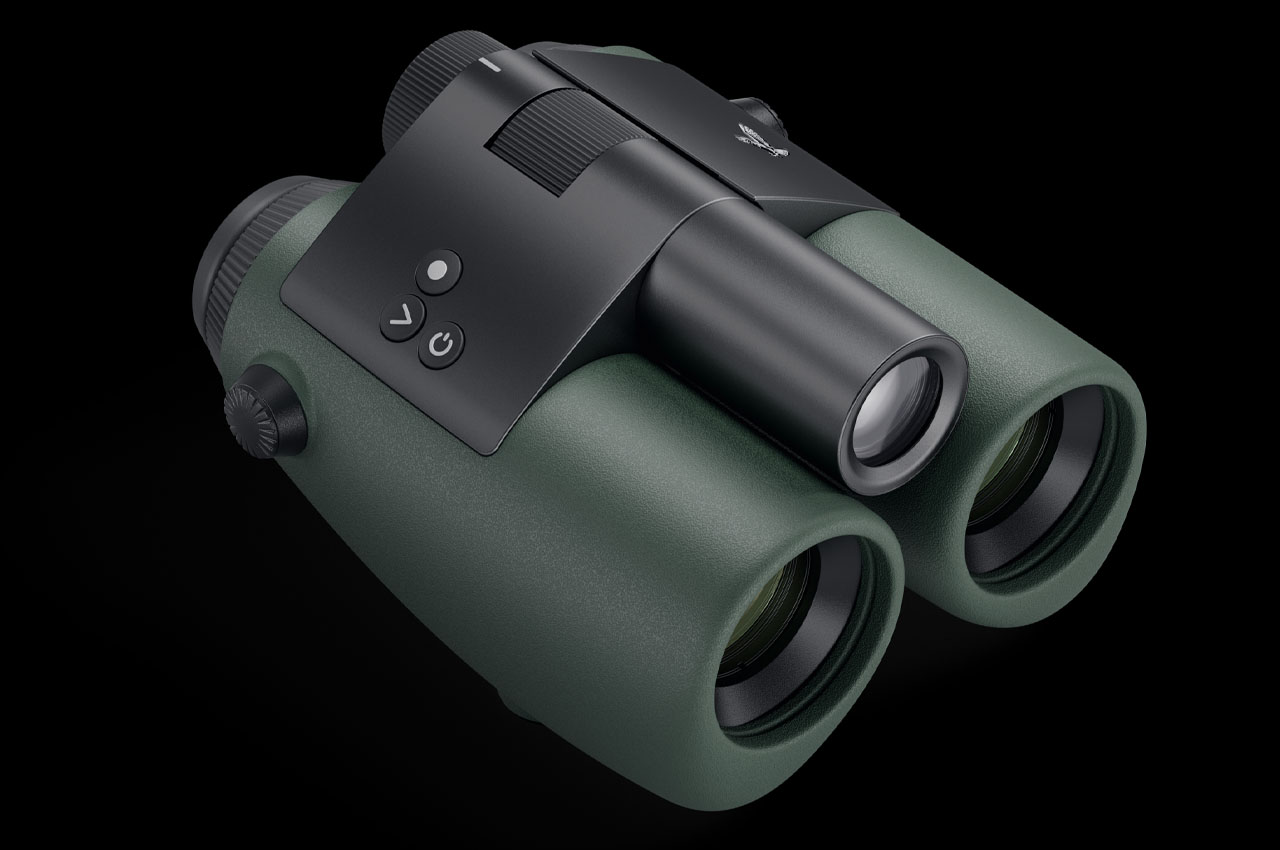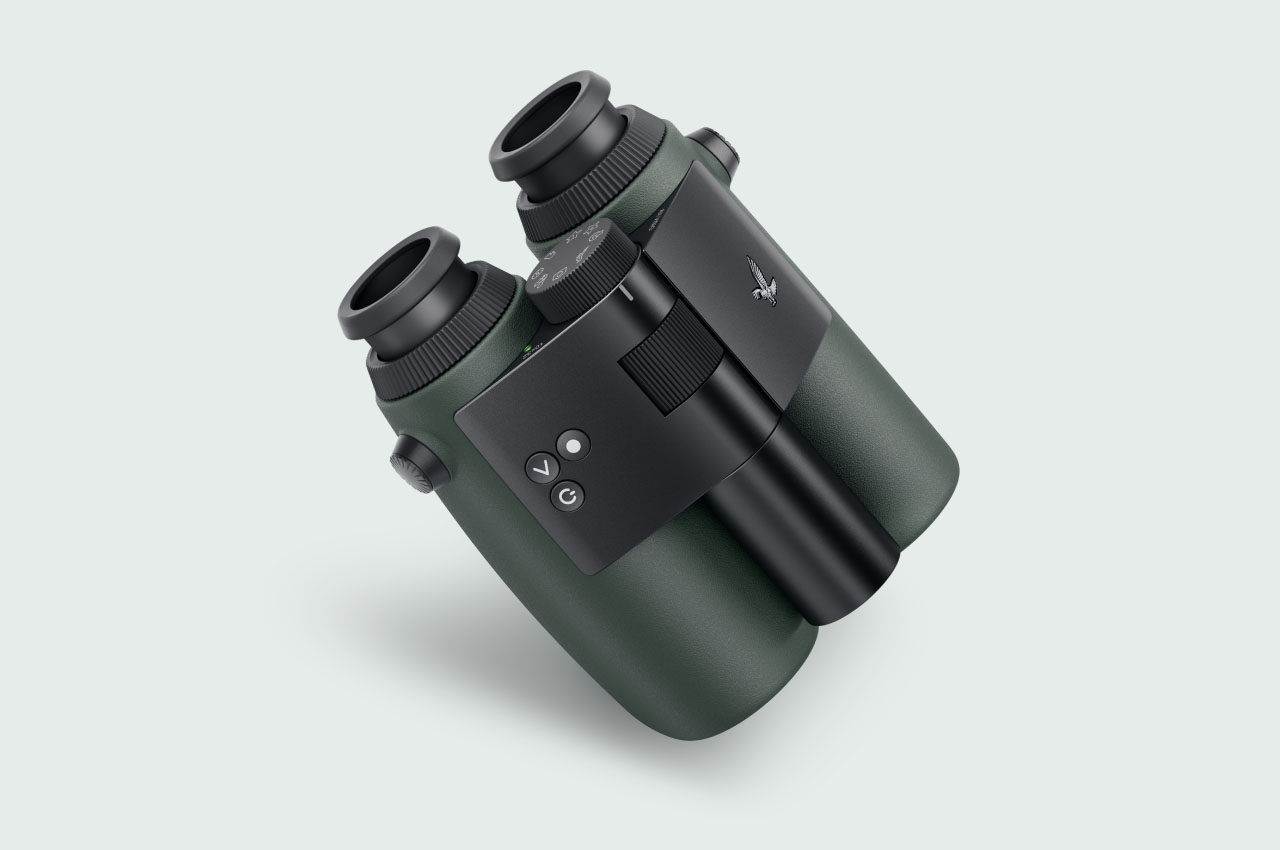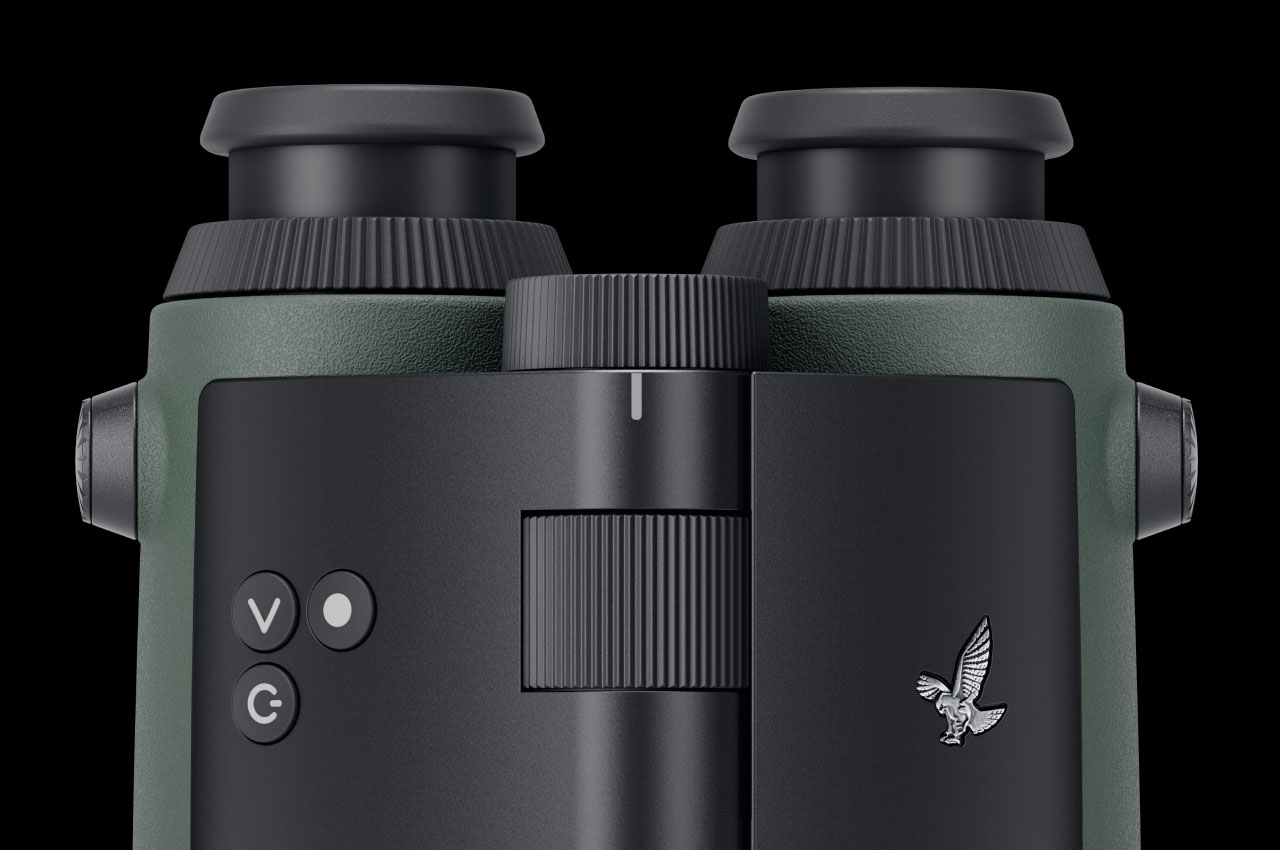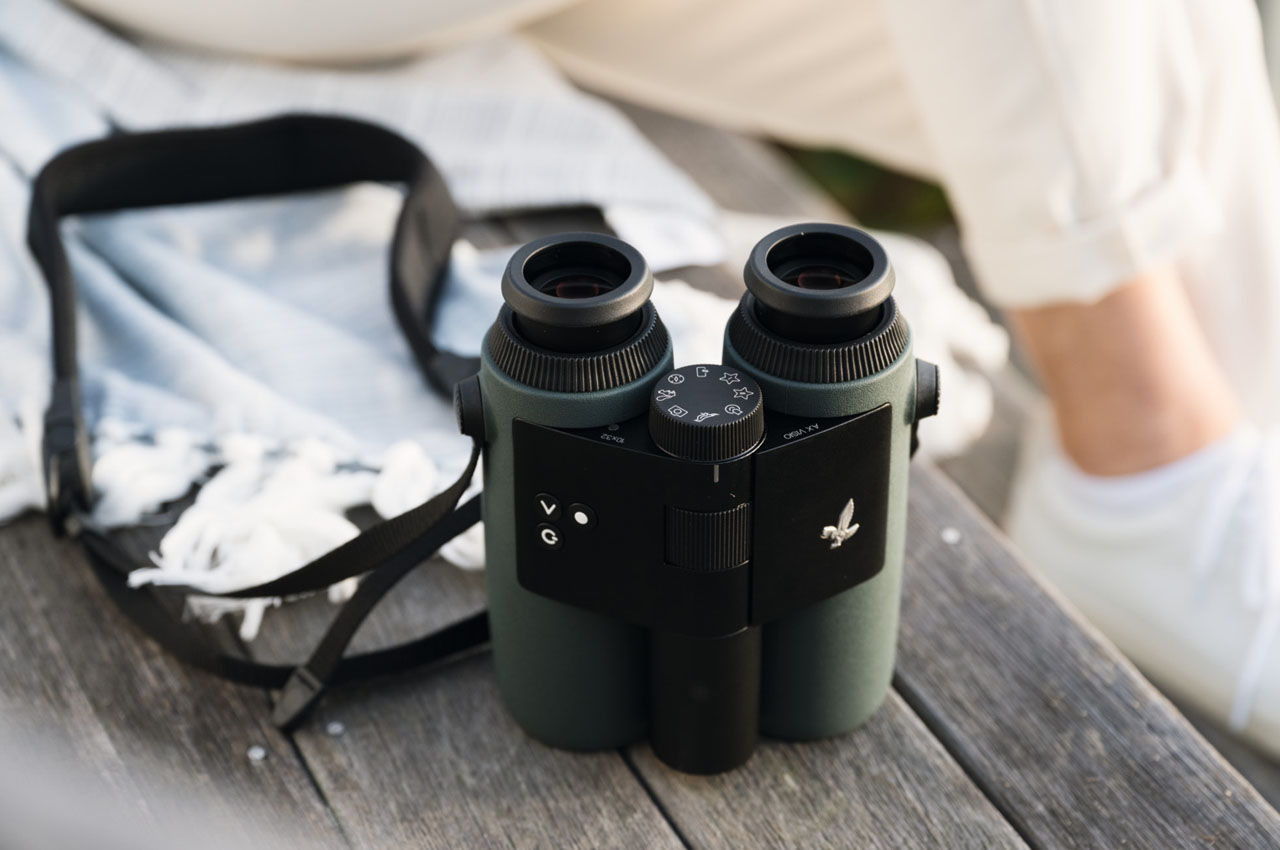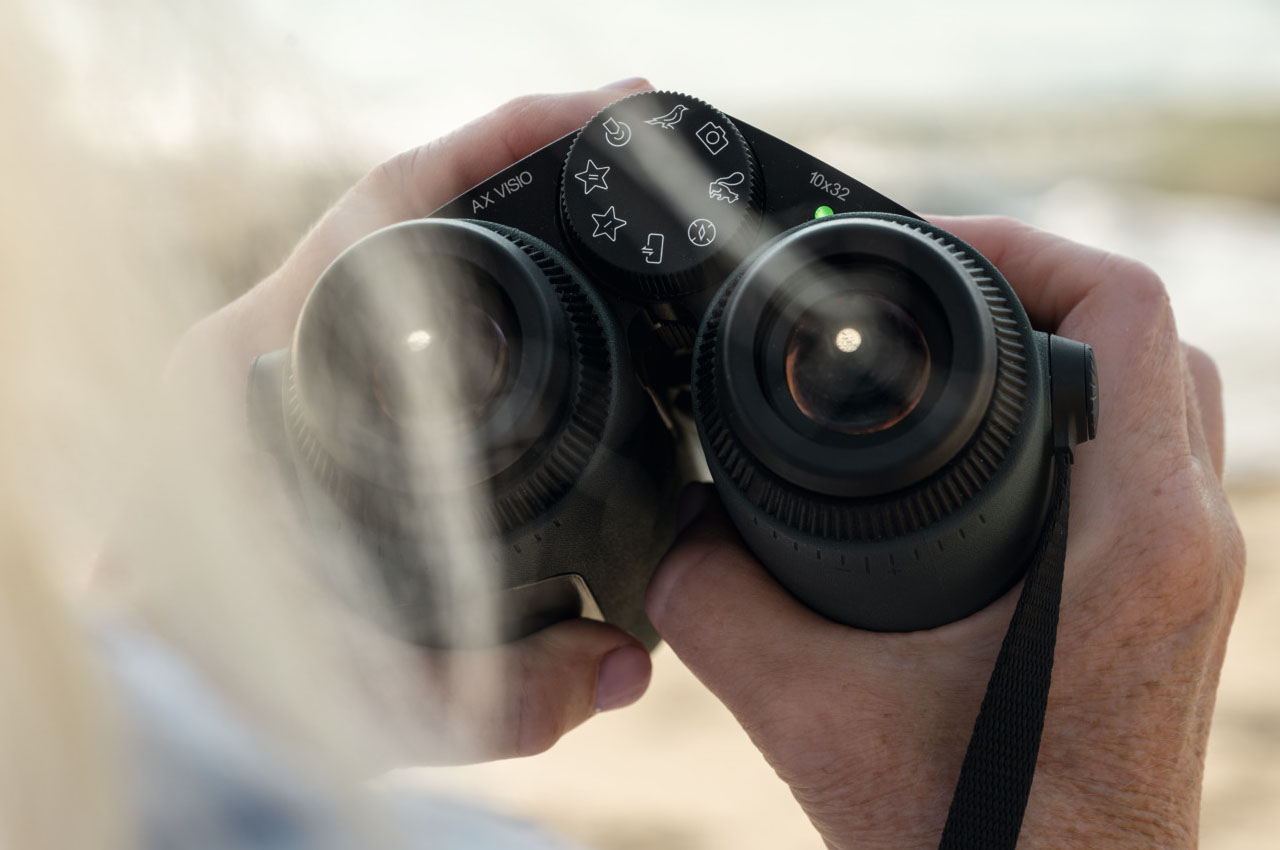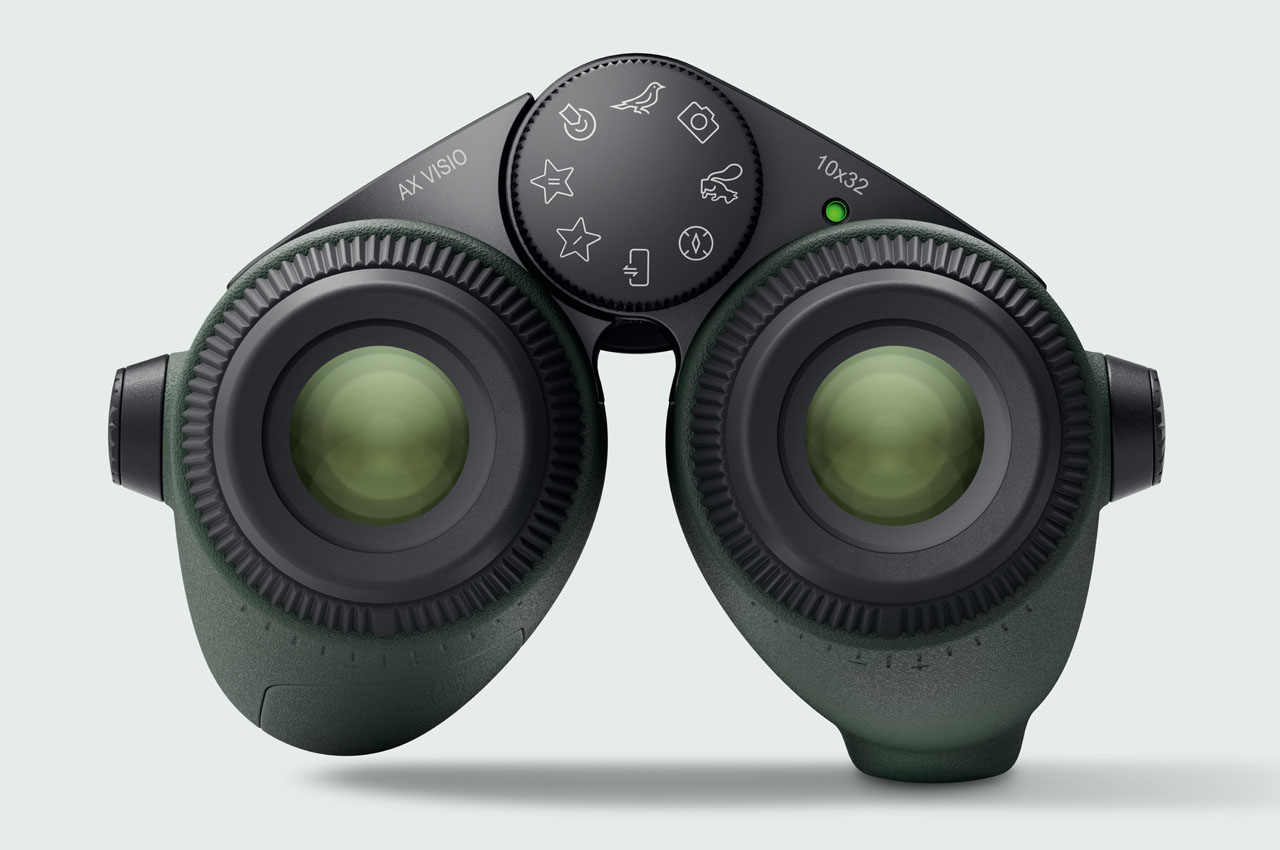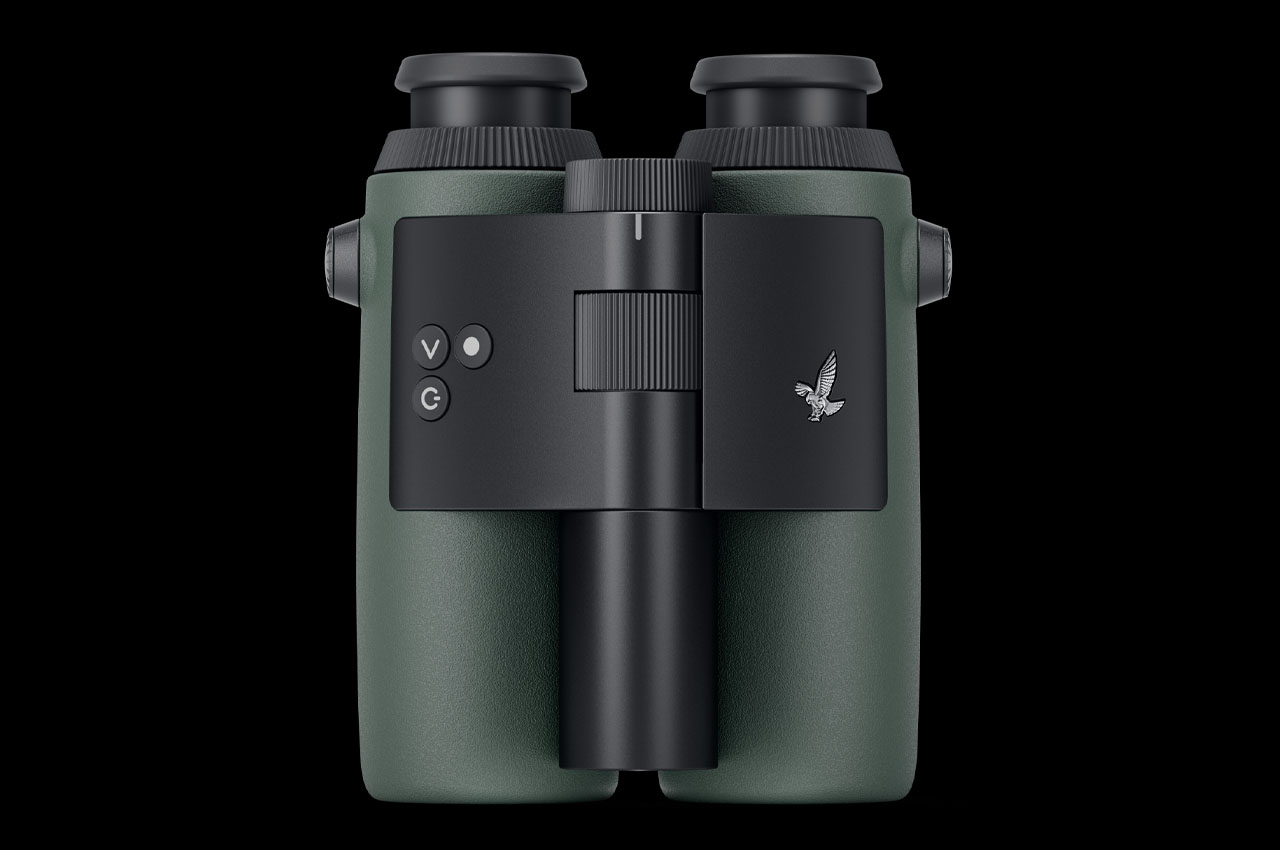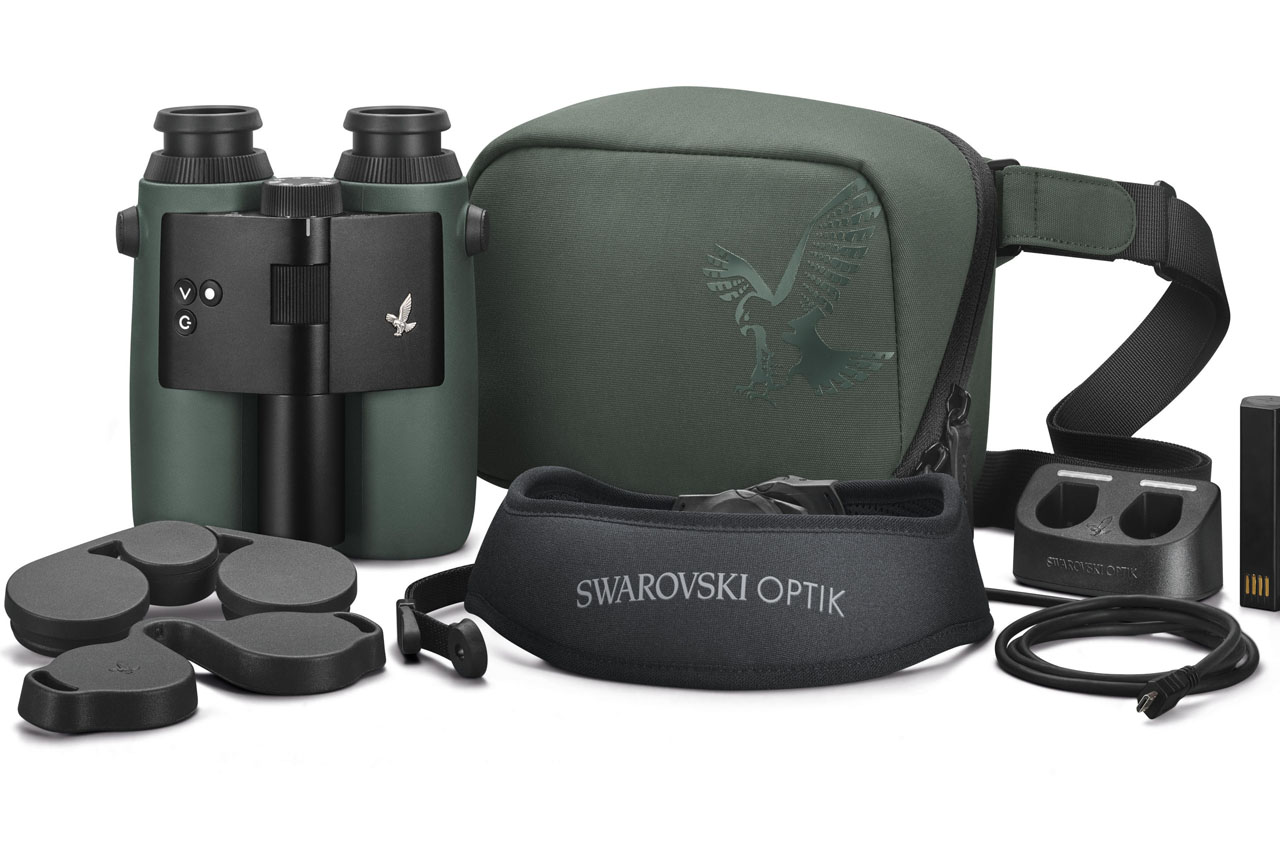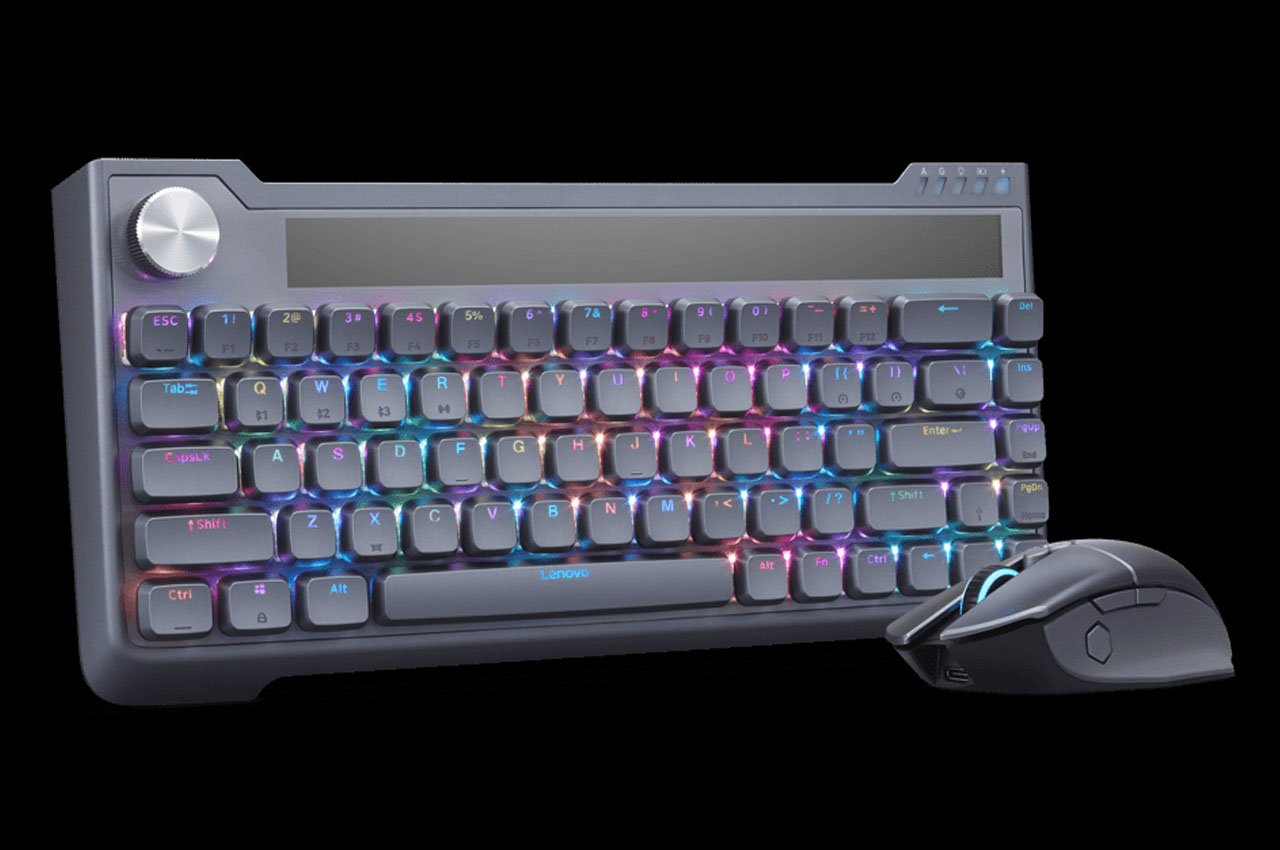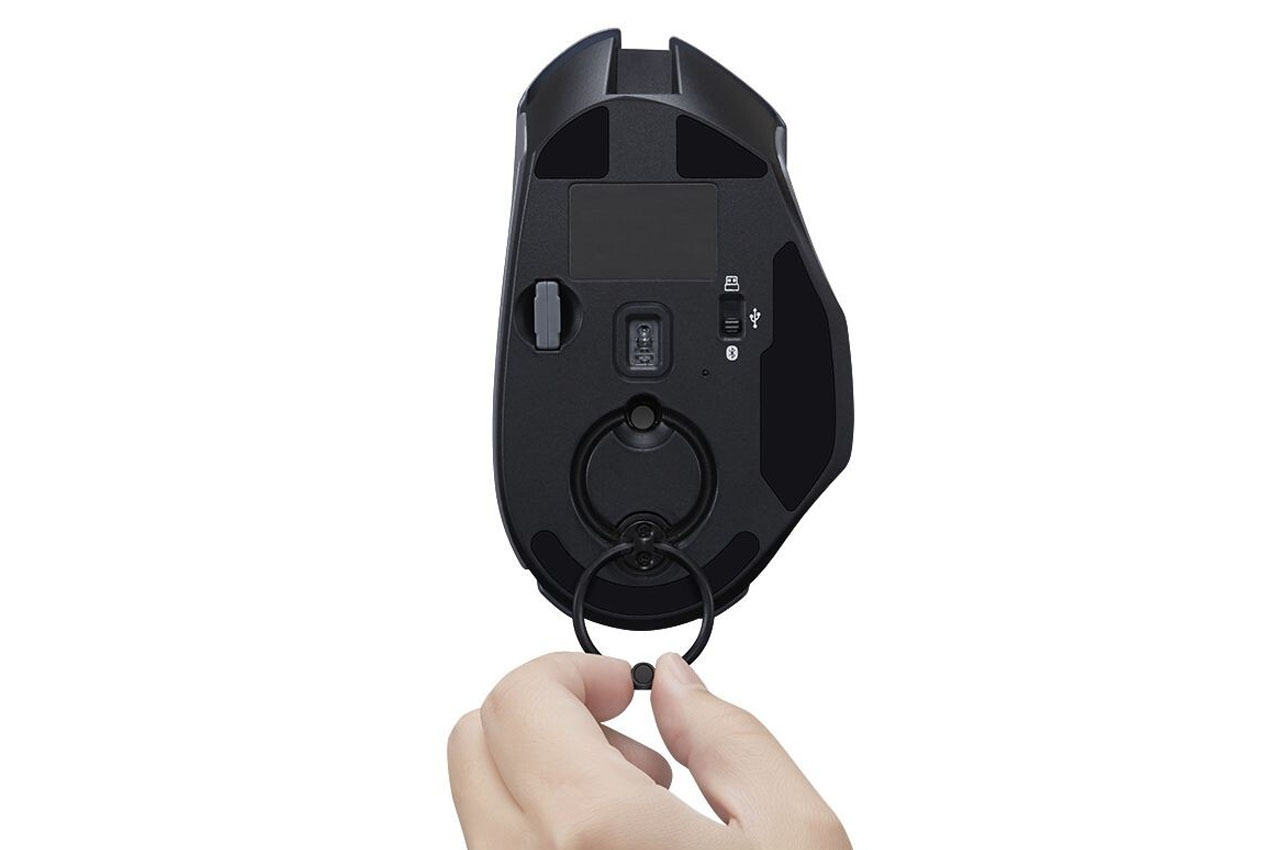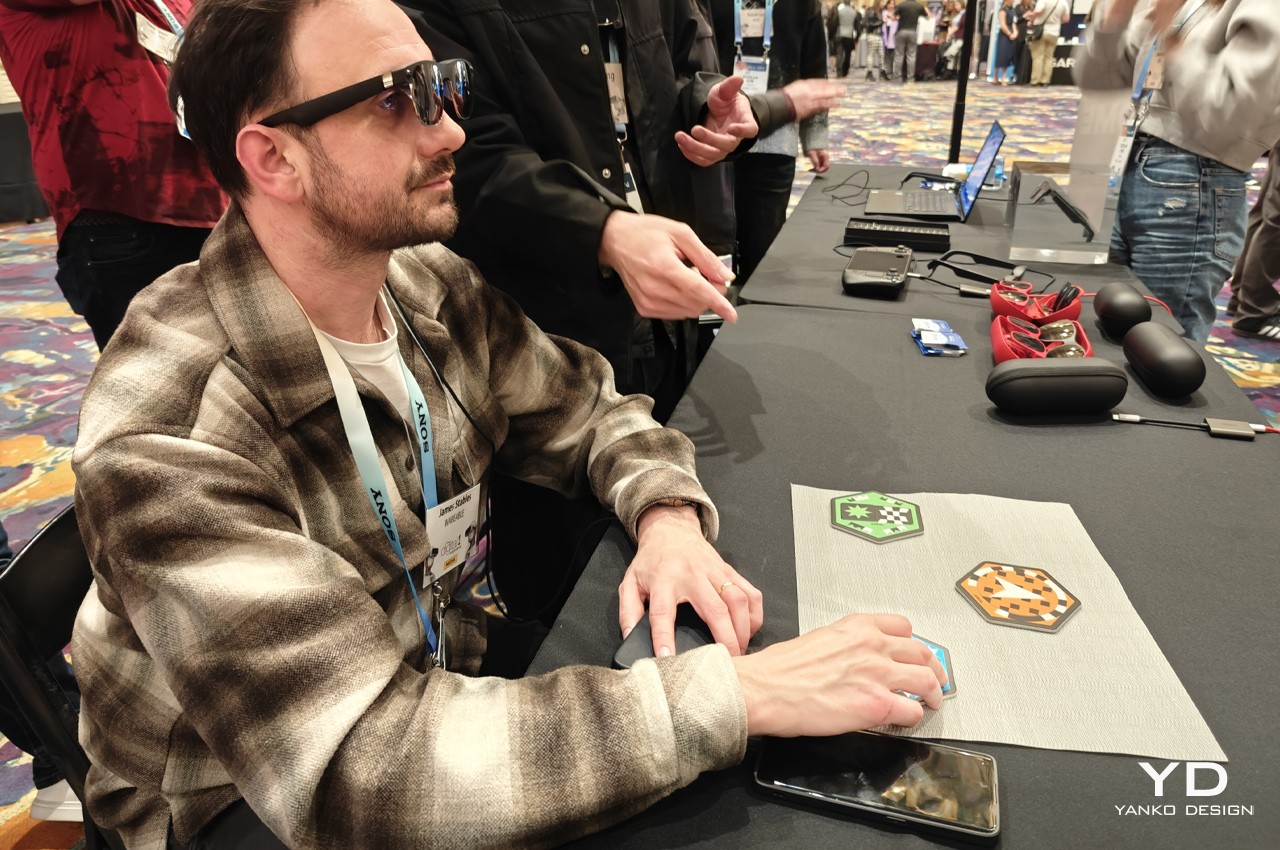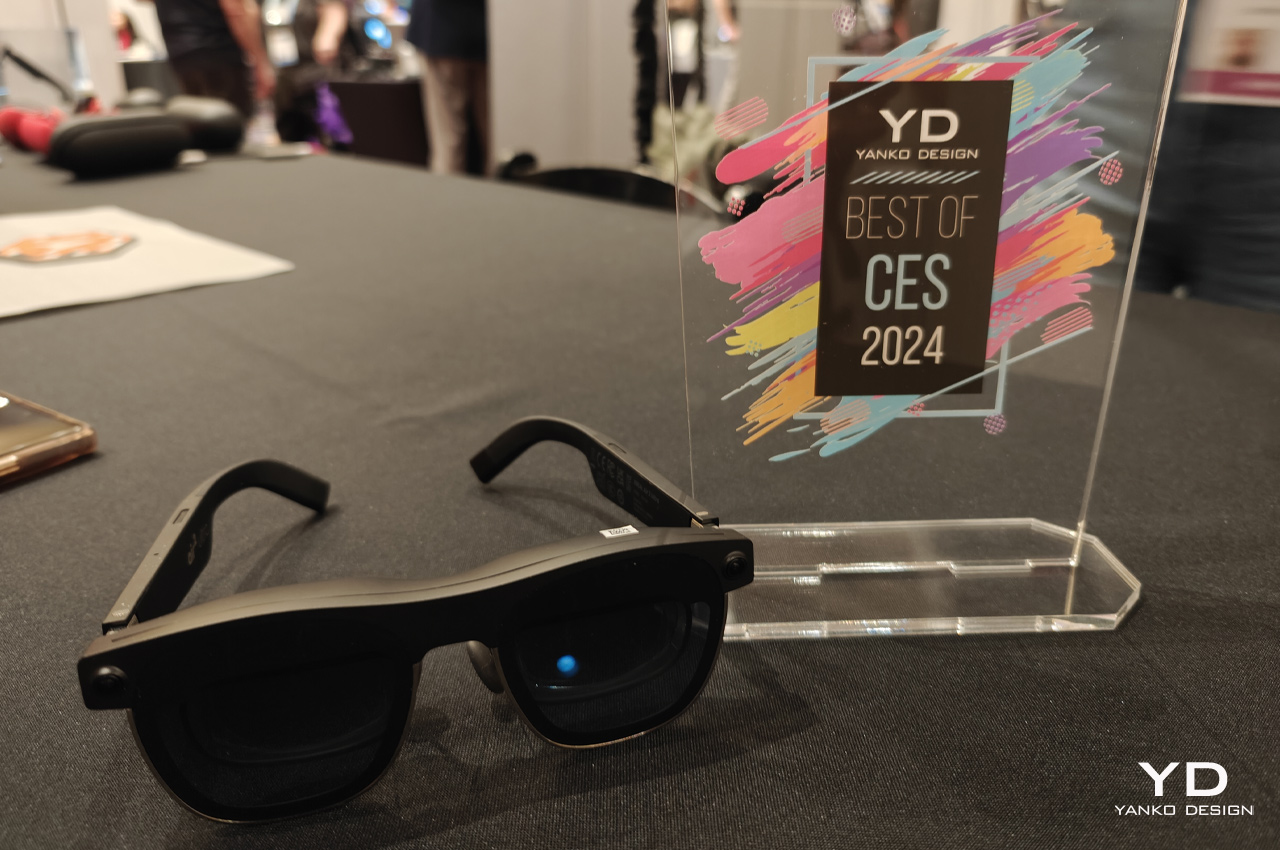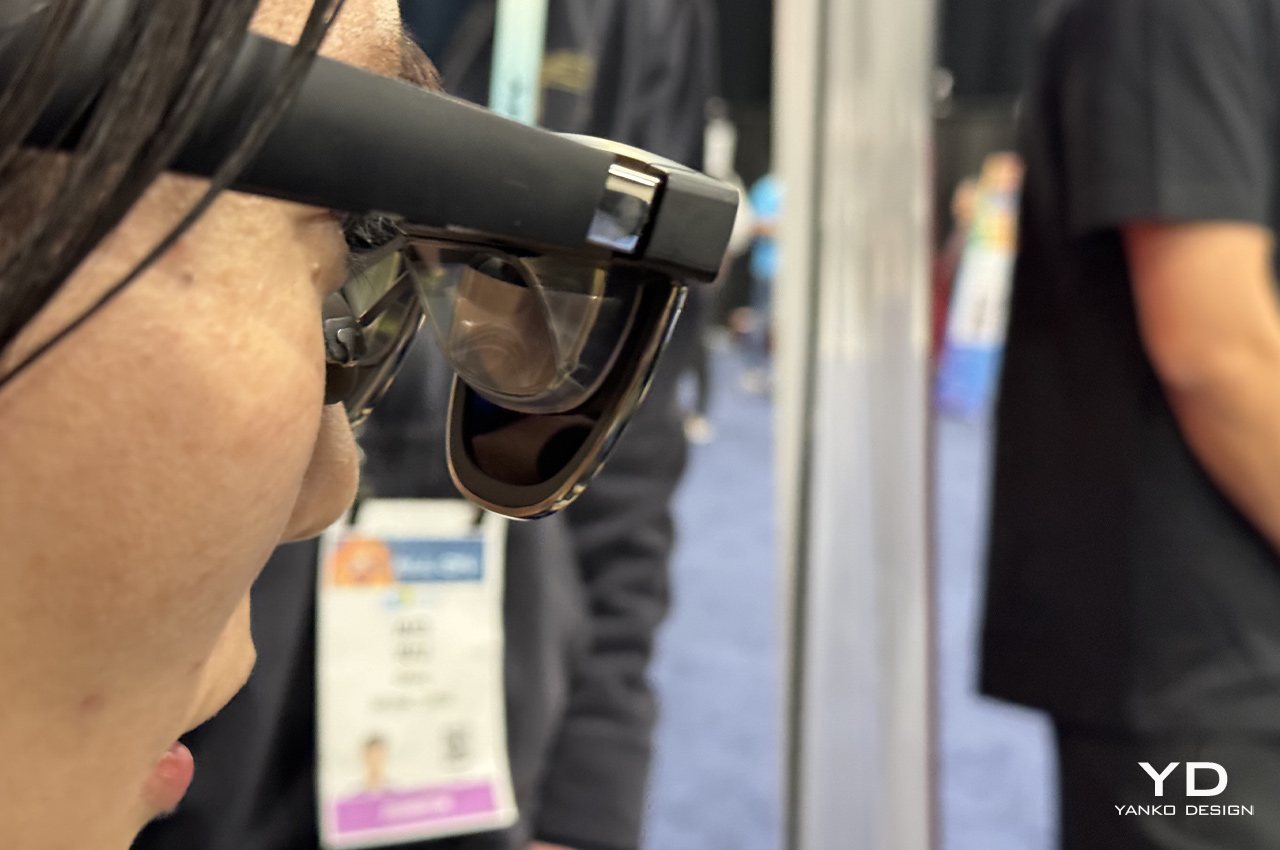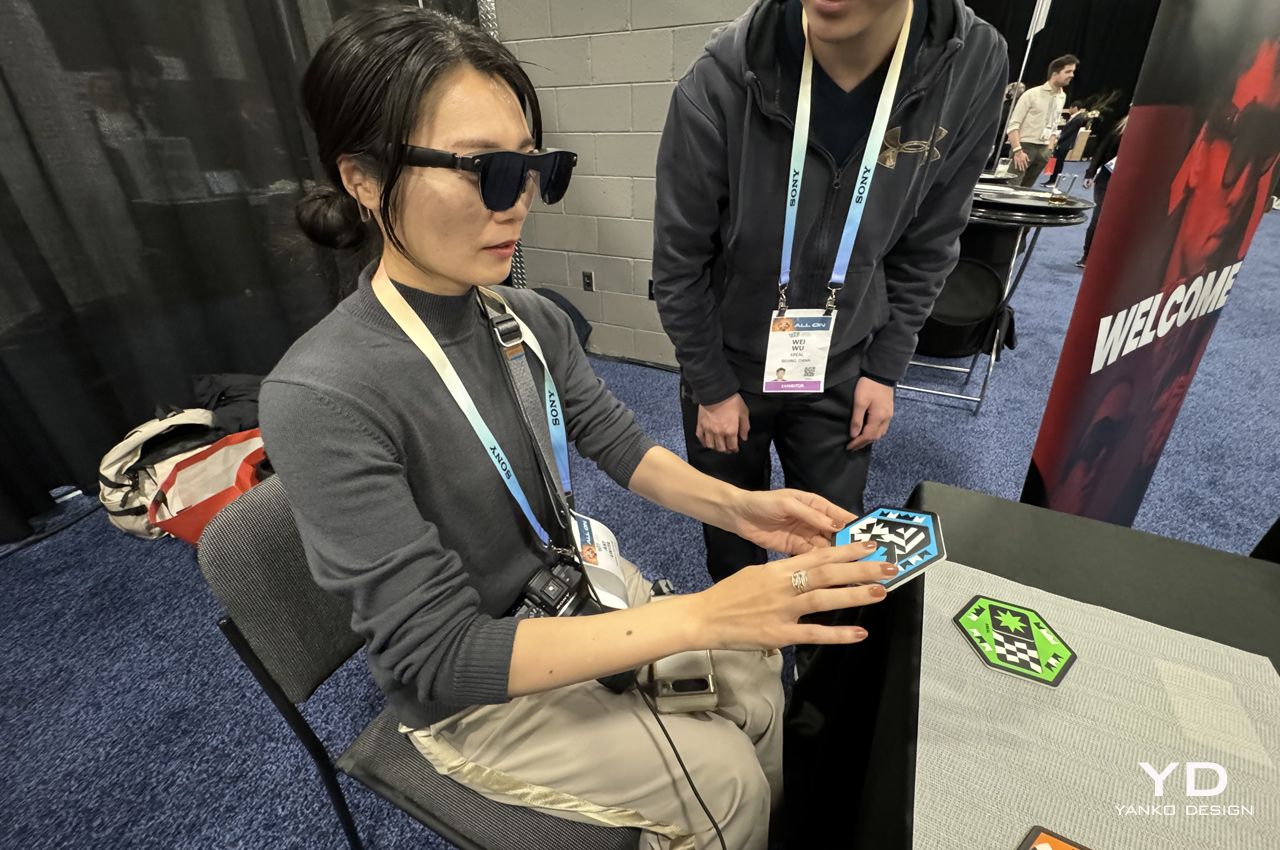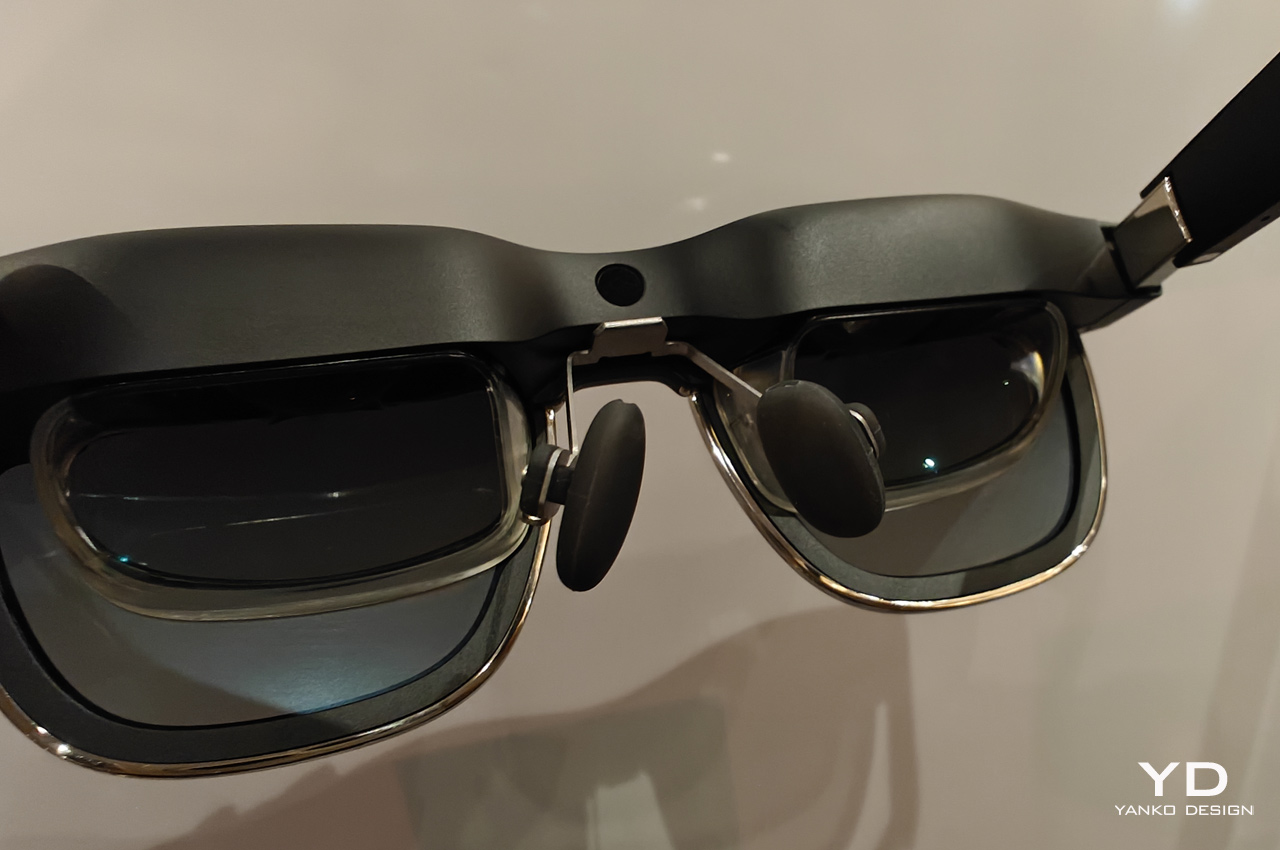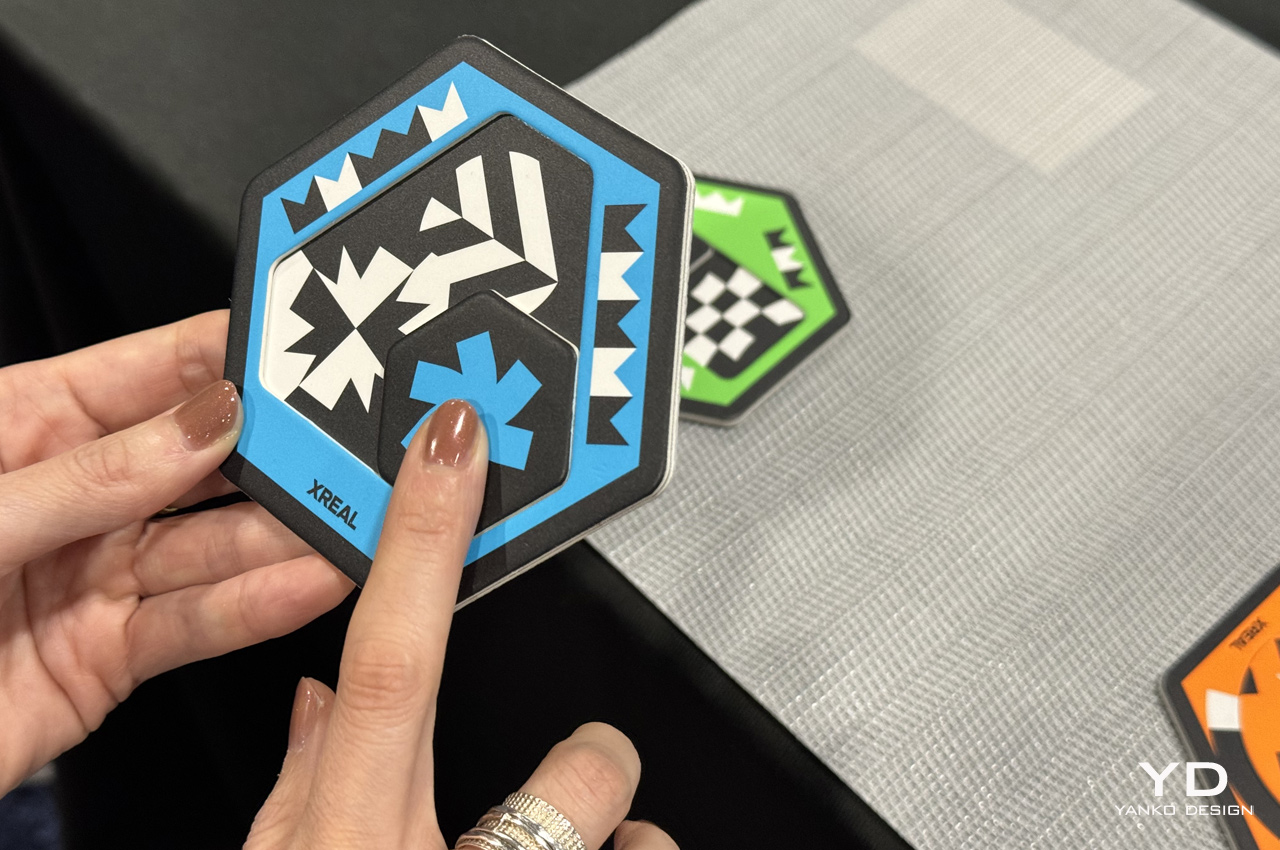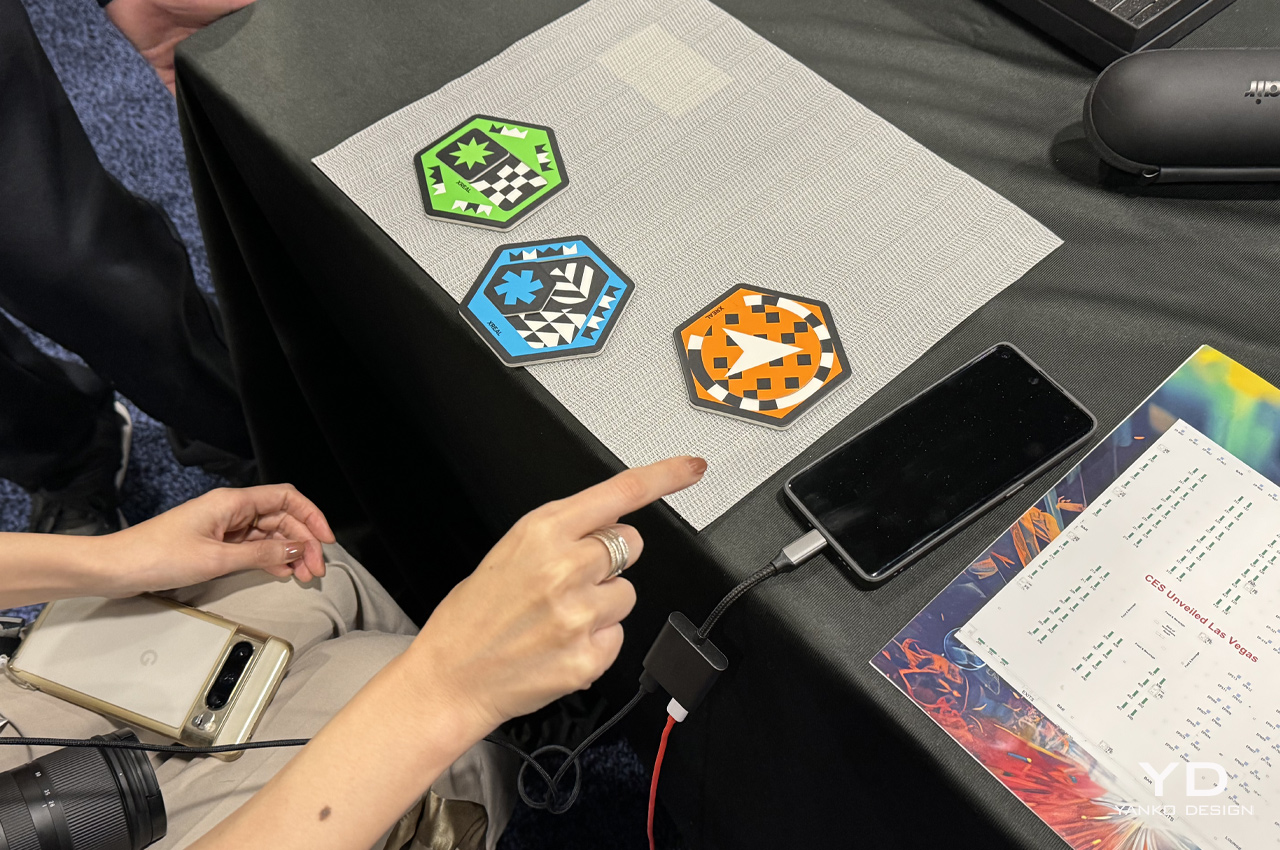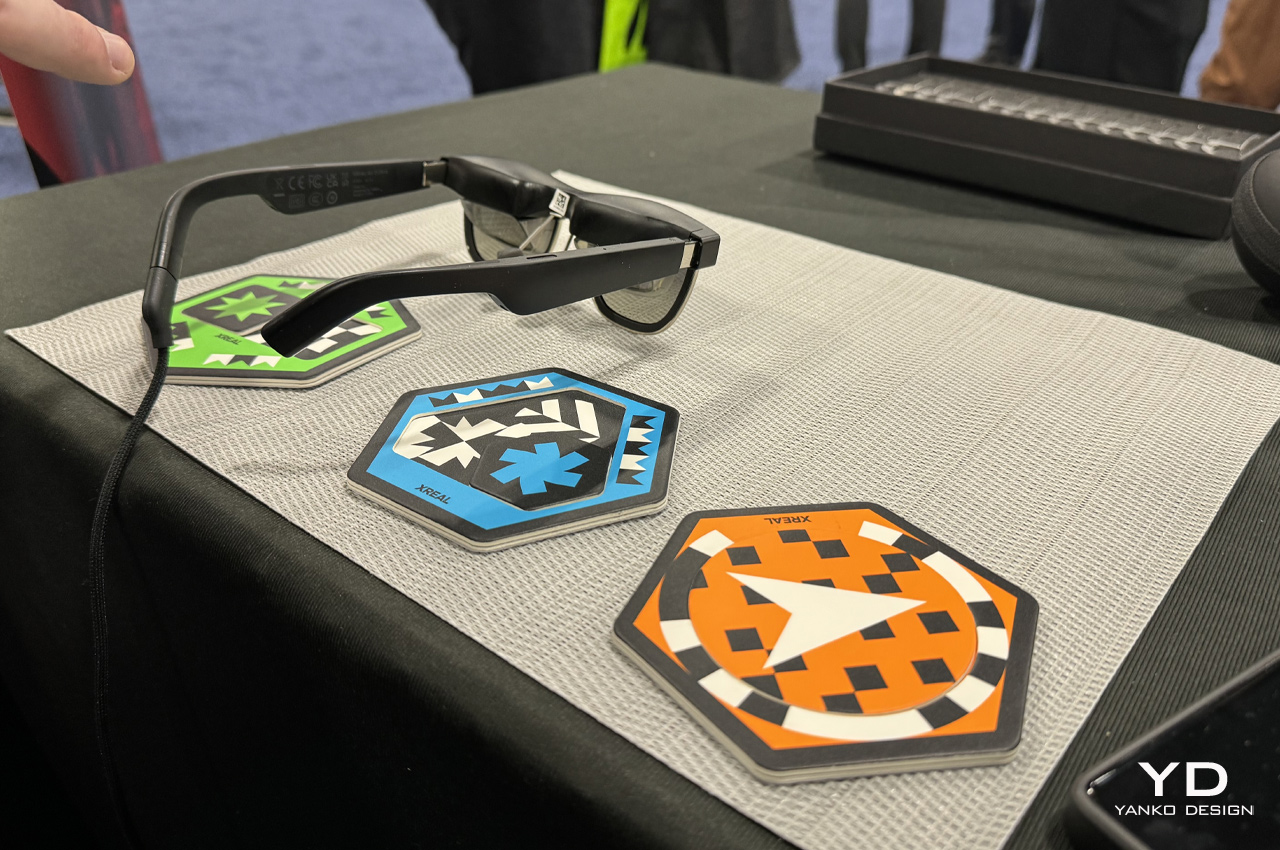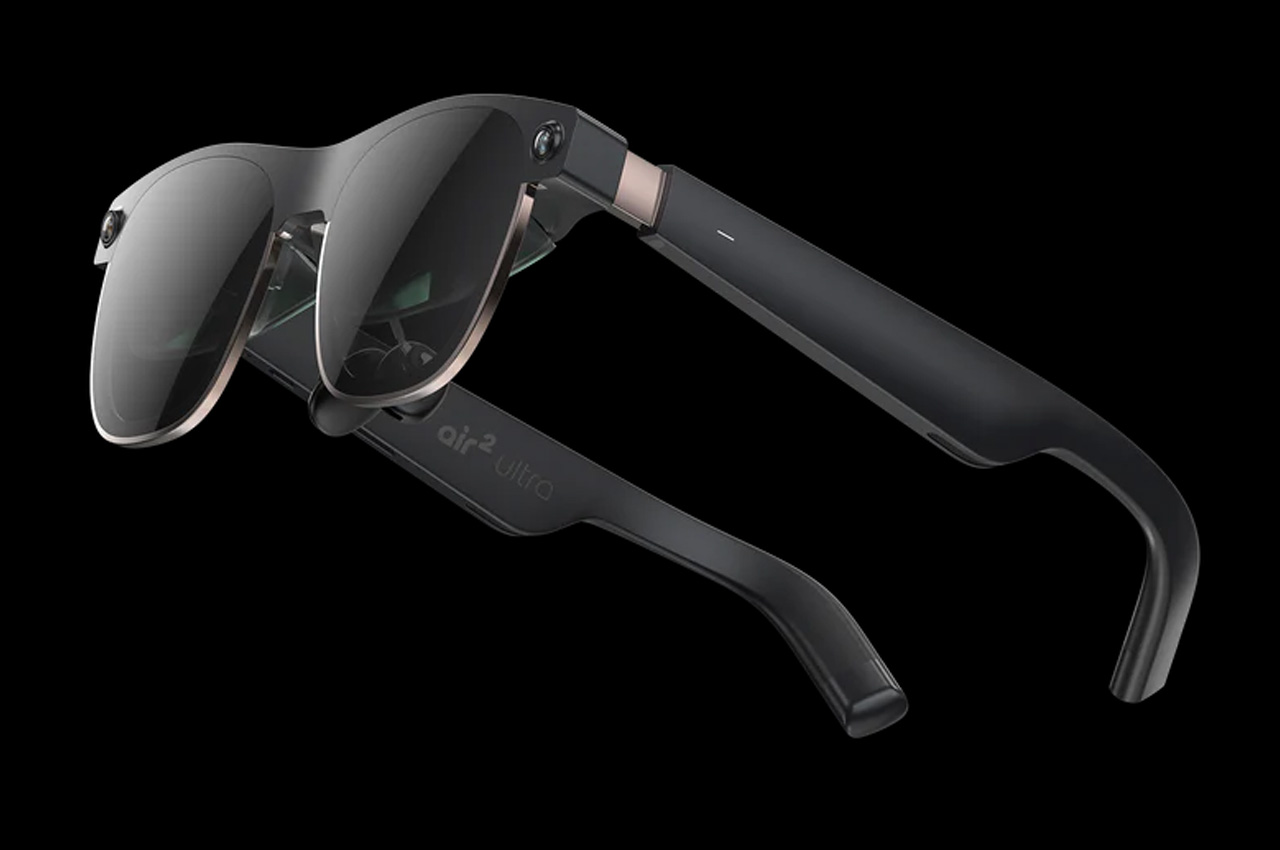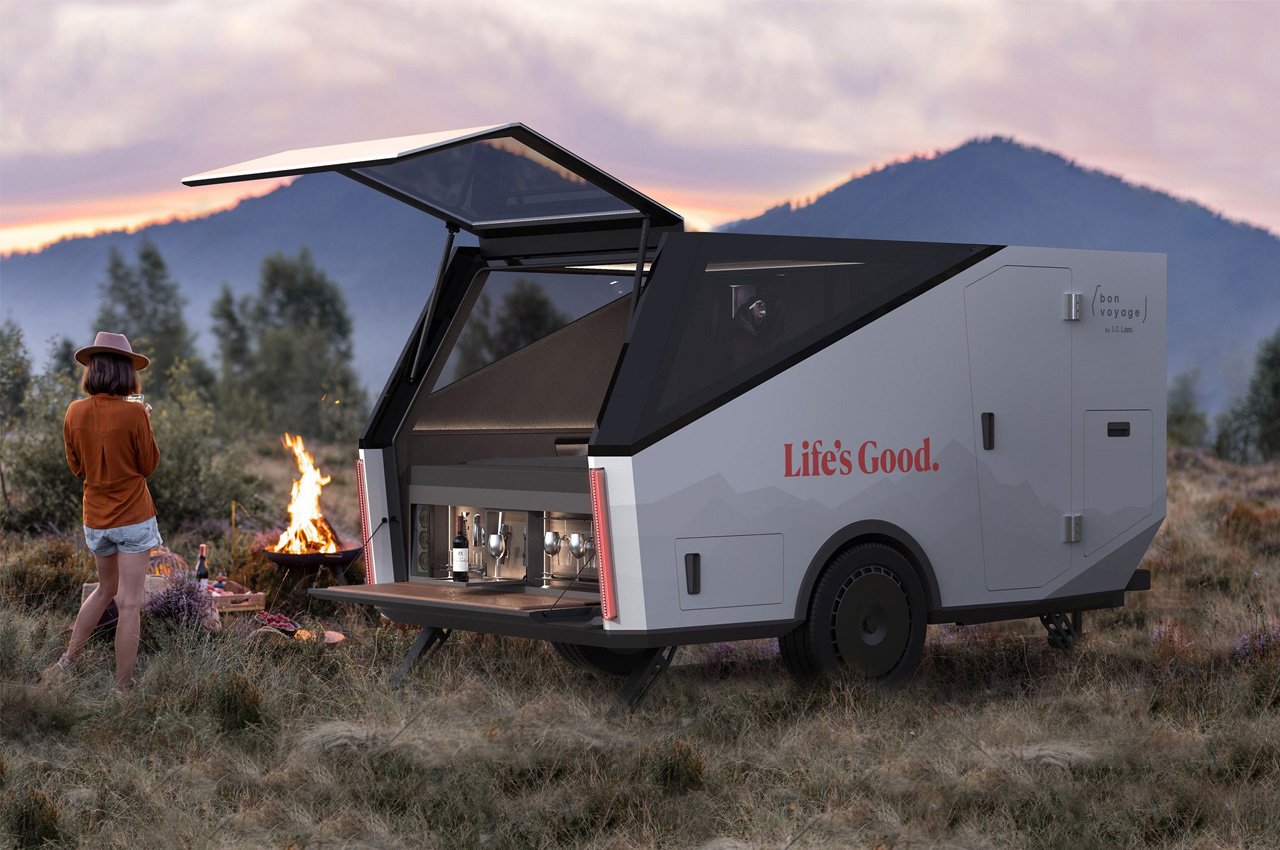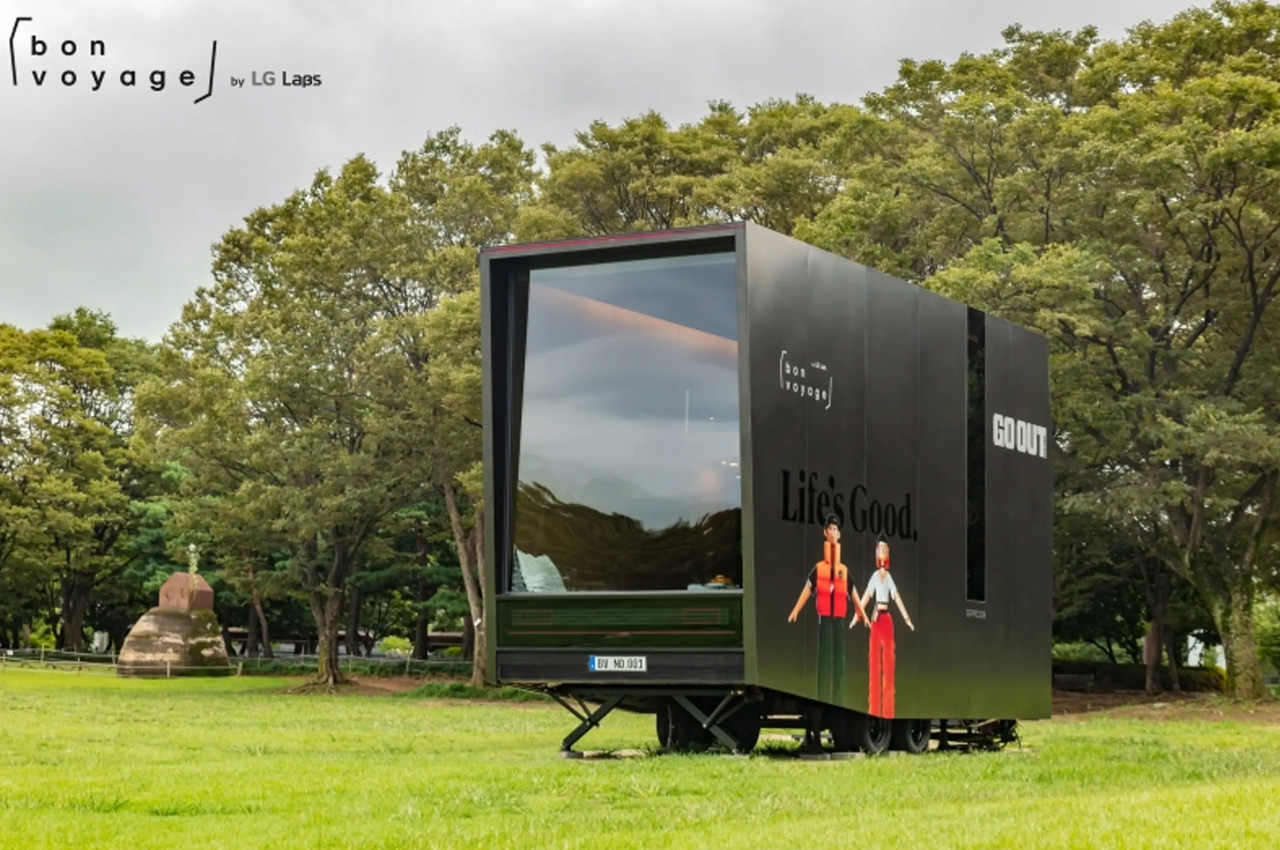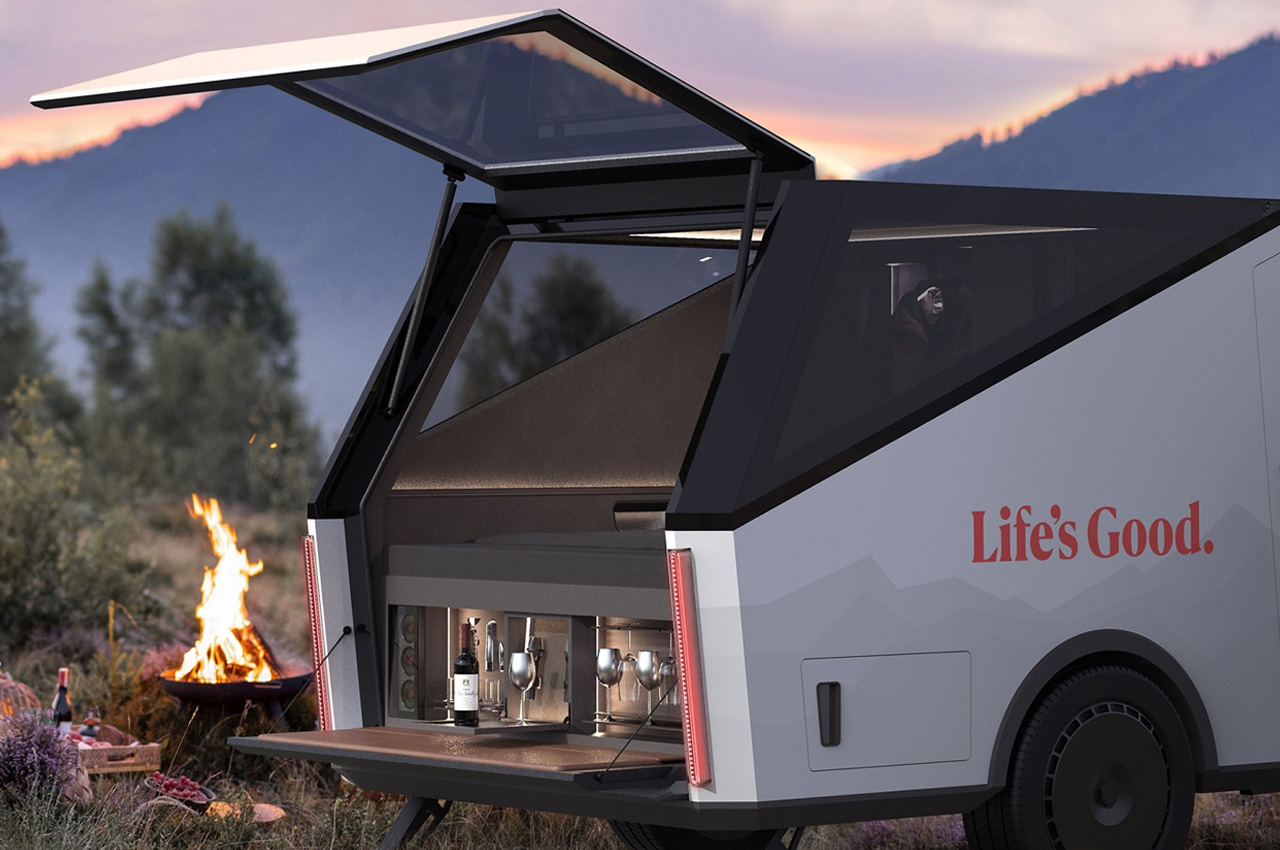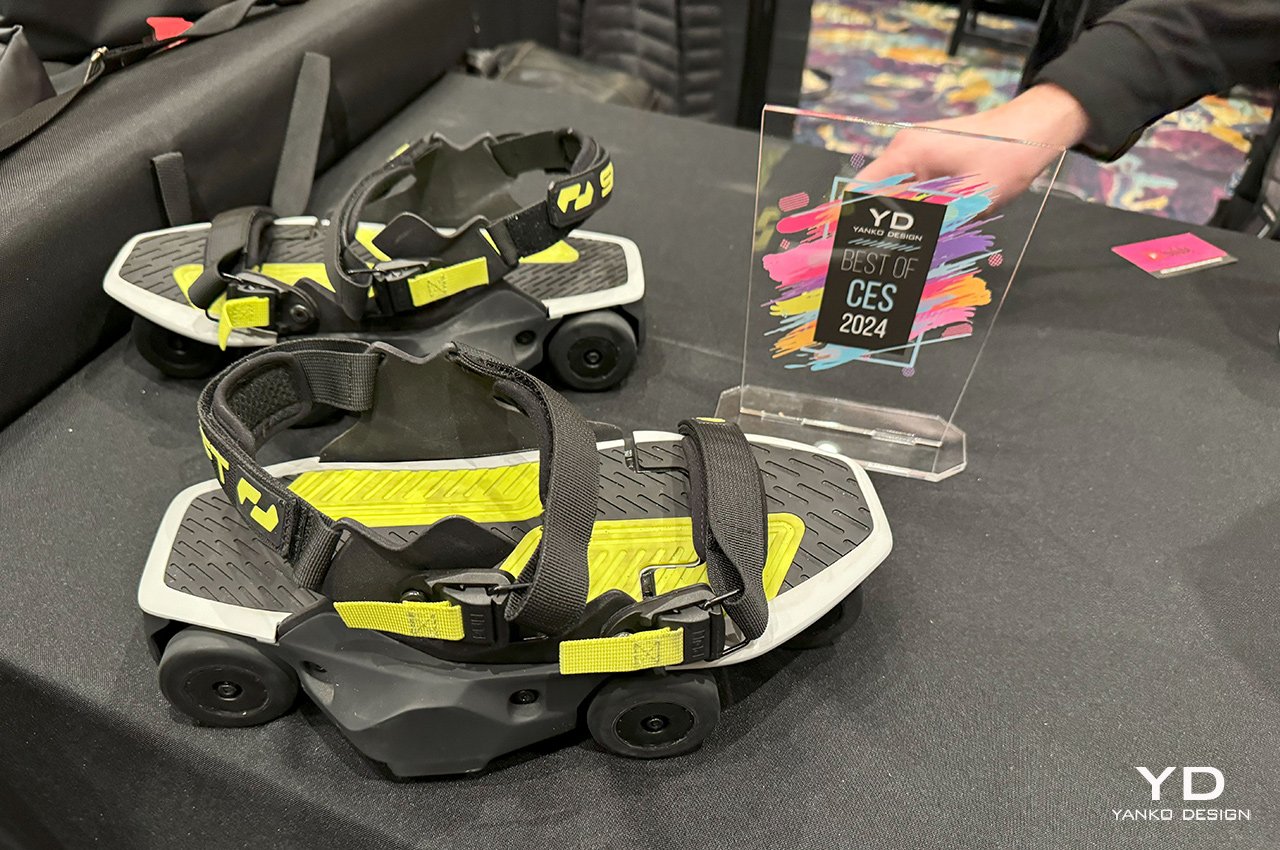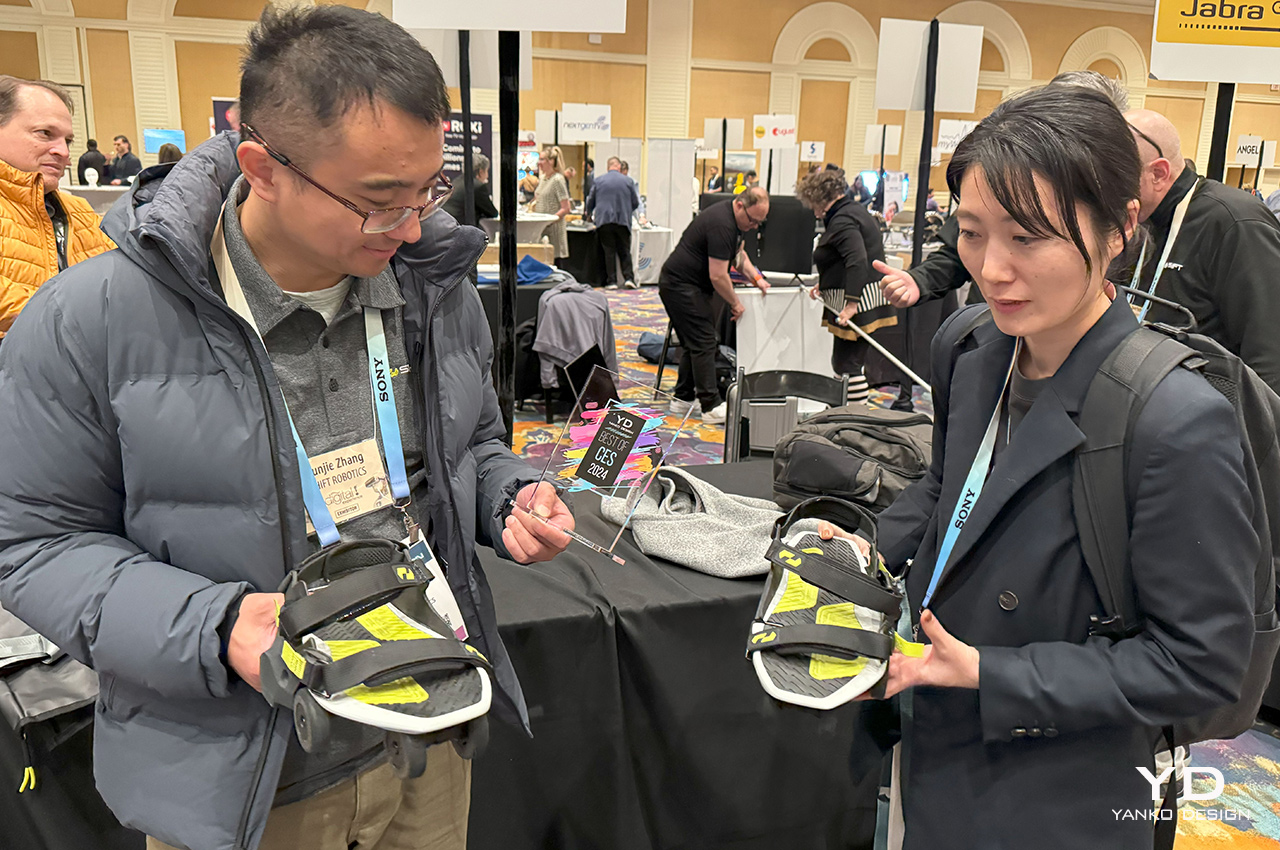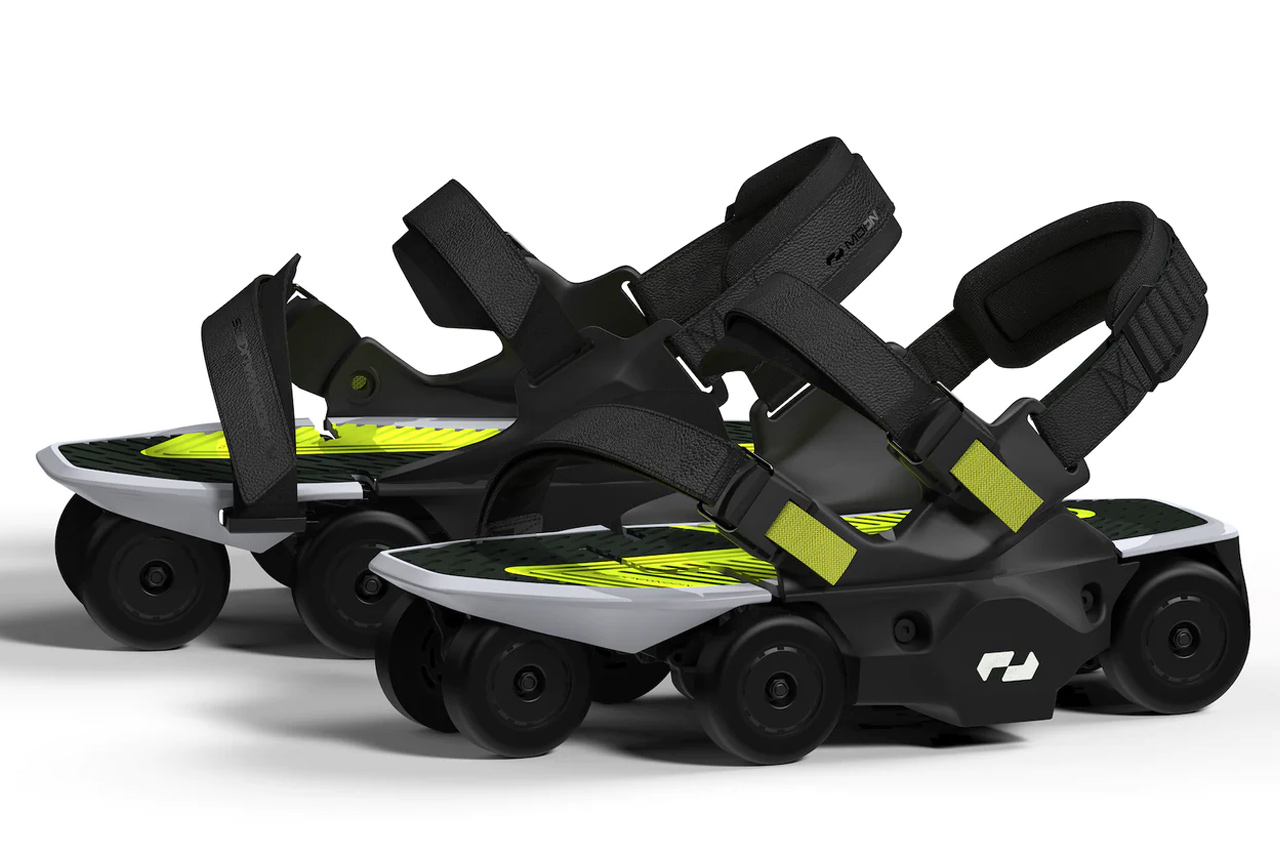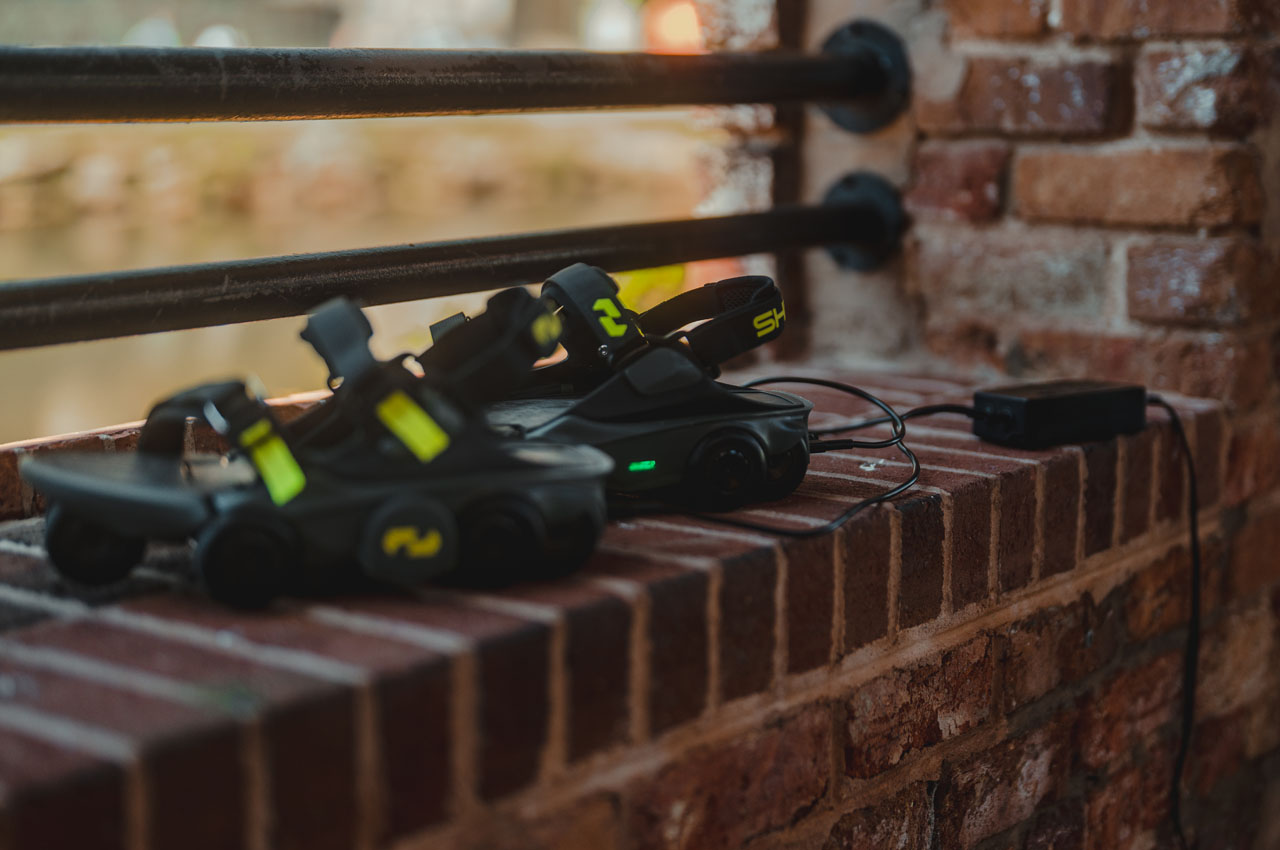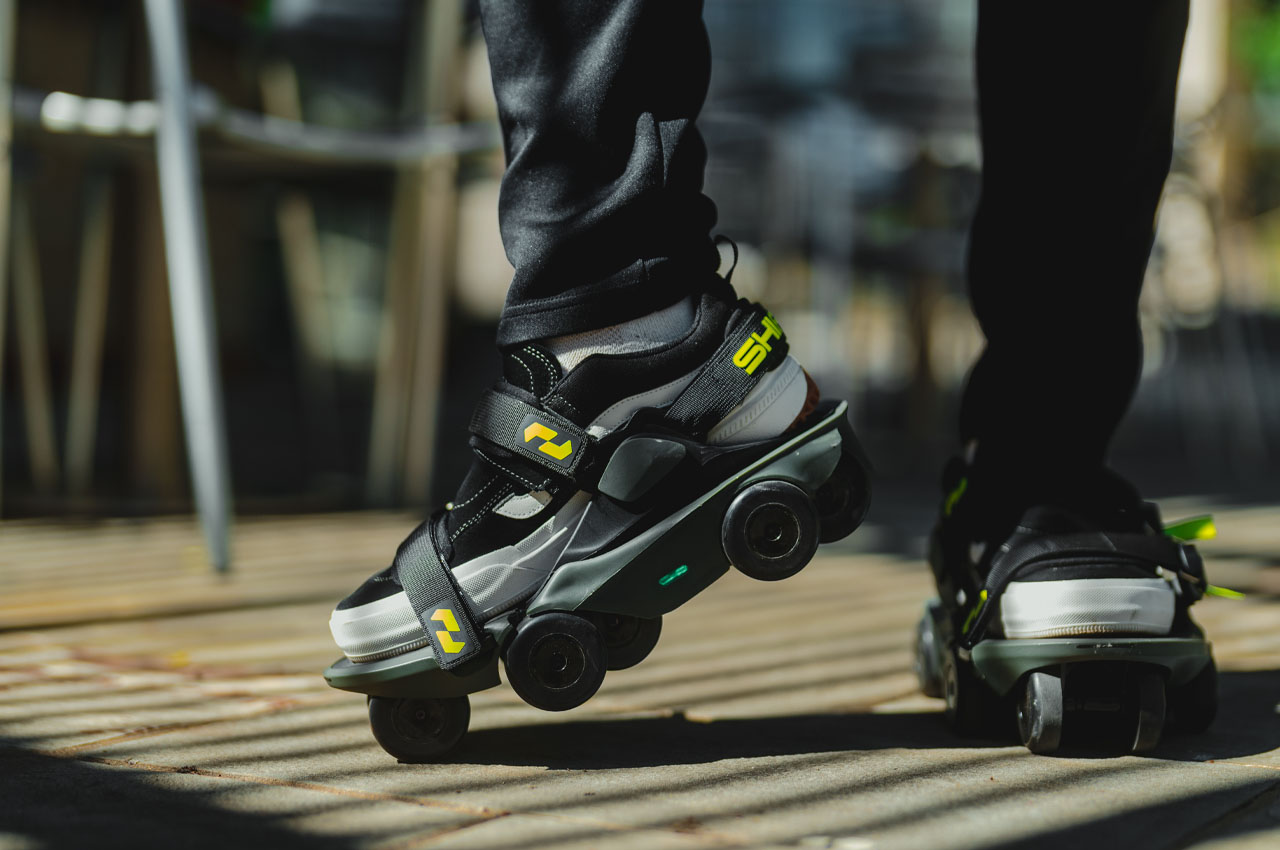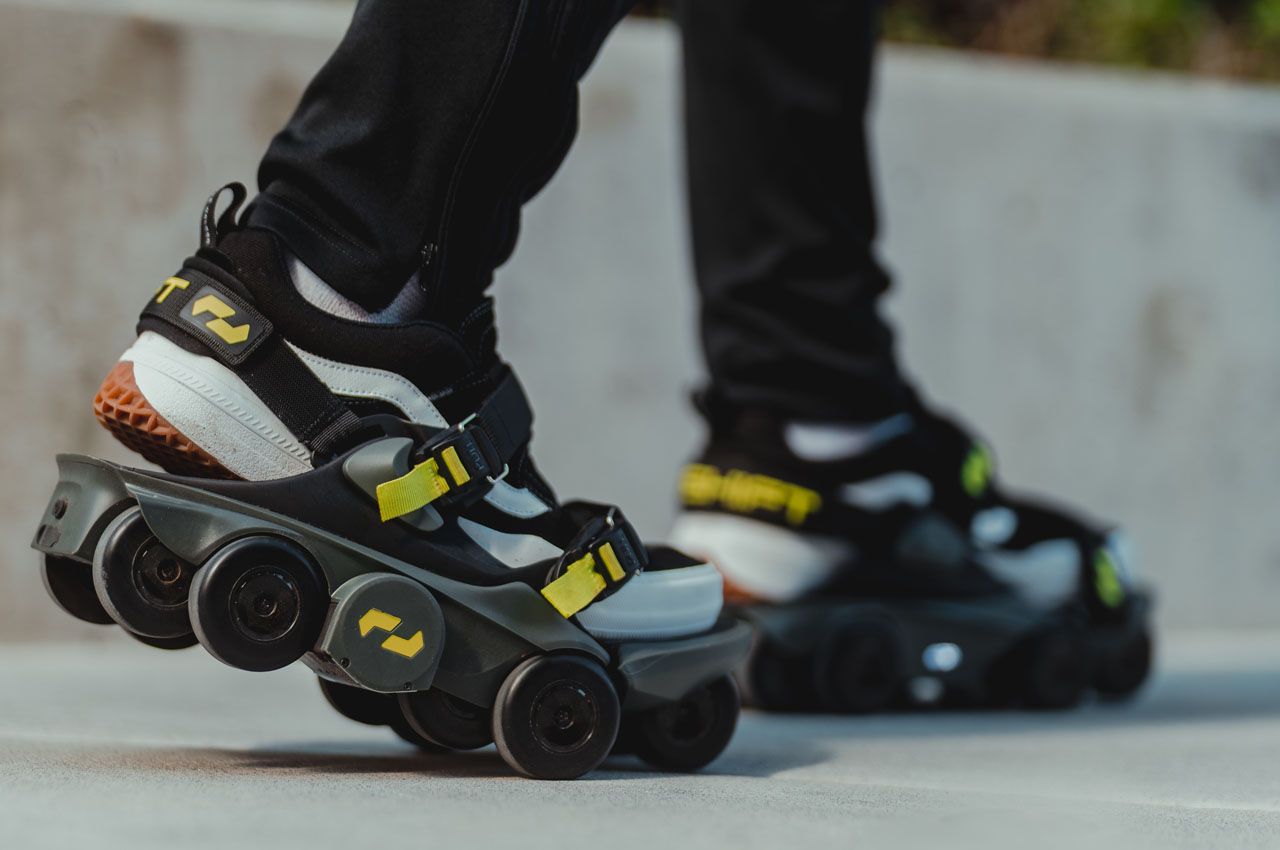
eVTOL aircrafts may be the future of personal aviation but the future of adventures on the road would be an all-encompassing recreational vehicle that transforms from its minimal structure on demand. We have seen a few iterations of travel trailers – such as the Rockwood Roo – that fit the notion, but the smart expanding ability with sustainable features is yet to reach recreational vehicles.
That’s what we thought until going up and personal with the eTH, an Electric Transformer House, doing rounds at CES in its rendered glory. A sublime blend of comfort, smart tech, and sustainability; it is by far the most futuristic mobile living space present in Vegas, at the time of writing. Visioned with the future in mind, eTH is the brainchild of Italian design house Pininfarina and AC Future, a leading inventor of living solutions for the future.
Designer: Pininfarina and AC Future
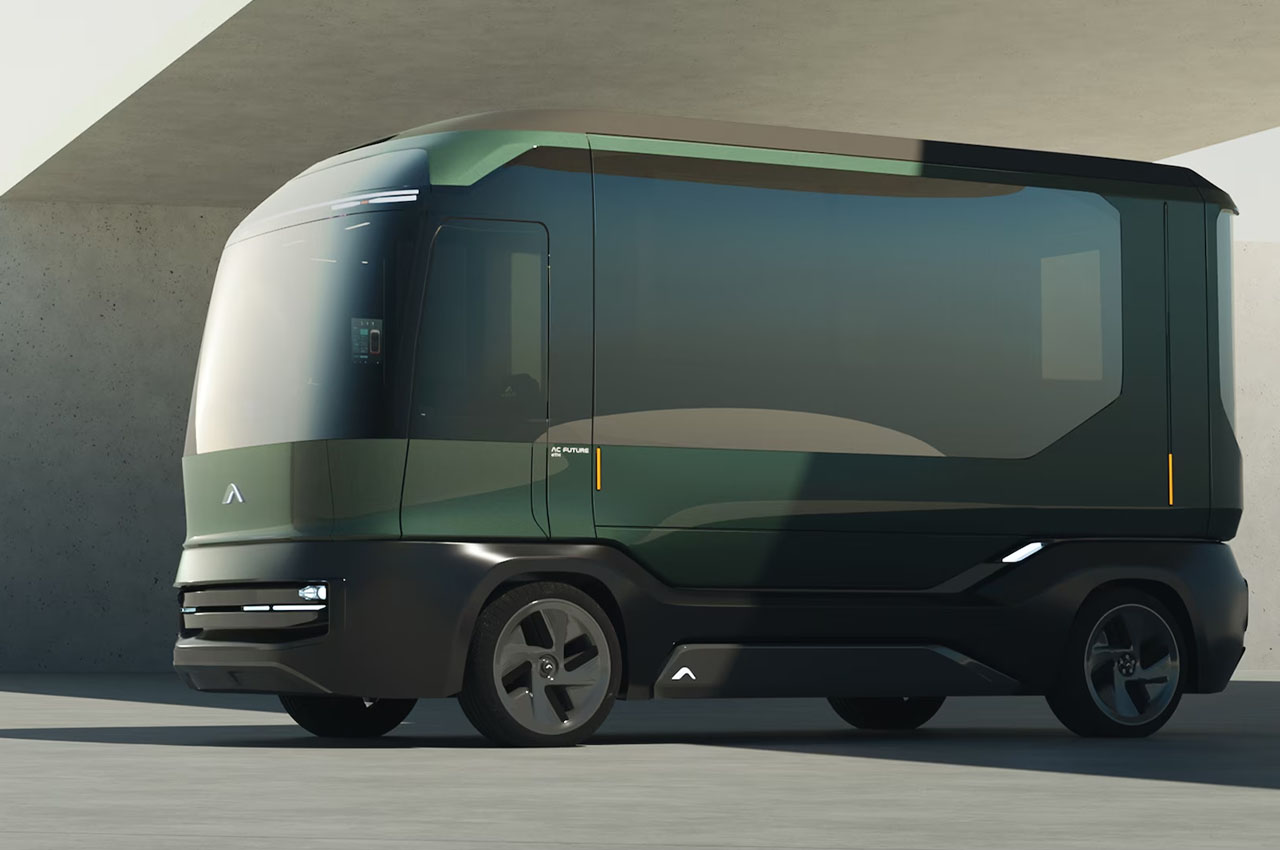
This mobile living space is a green van that features an all-glass upper body. The developers have a proof of concept at CES, and from how we learn, the prototype could be on the way. The mass production for this ultra-capable, highly functional, and amazingly luxurious mobile home is aligned for the fourth quarter of 2025, that’s if all were to go as planned.
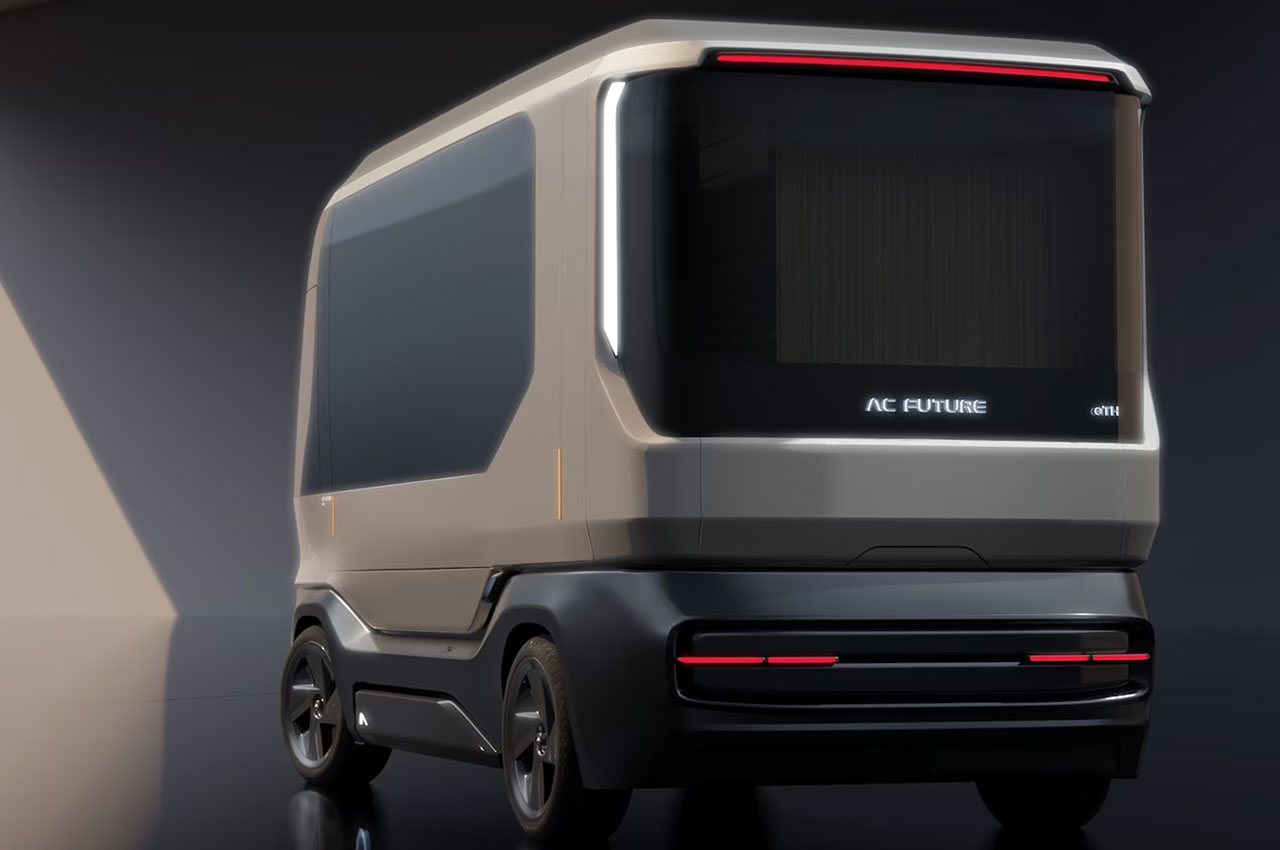
This out-of-the-ordinary electric recreational vehicle is different from the usual market-ready options in two departments: first, its expansion ability and second, the vivid sustainable functions on board. The eTH aligns in the former segment with movable walls, which allows the structure of the modular living space to expand from 20-foot-long, 11-foot-high to a good 400 square feet abode on the push of a button.
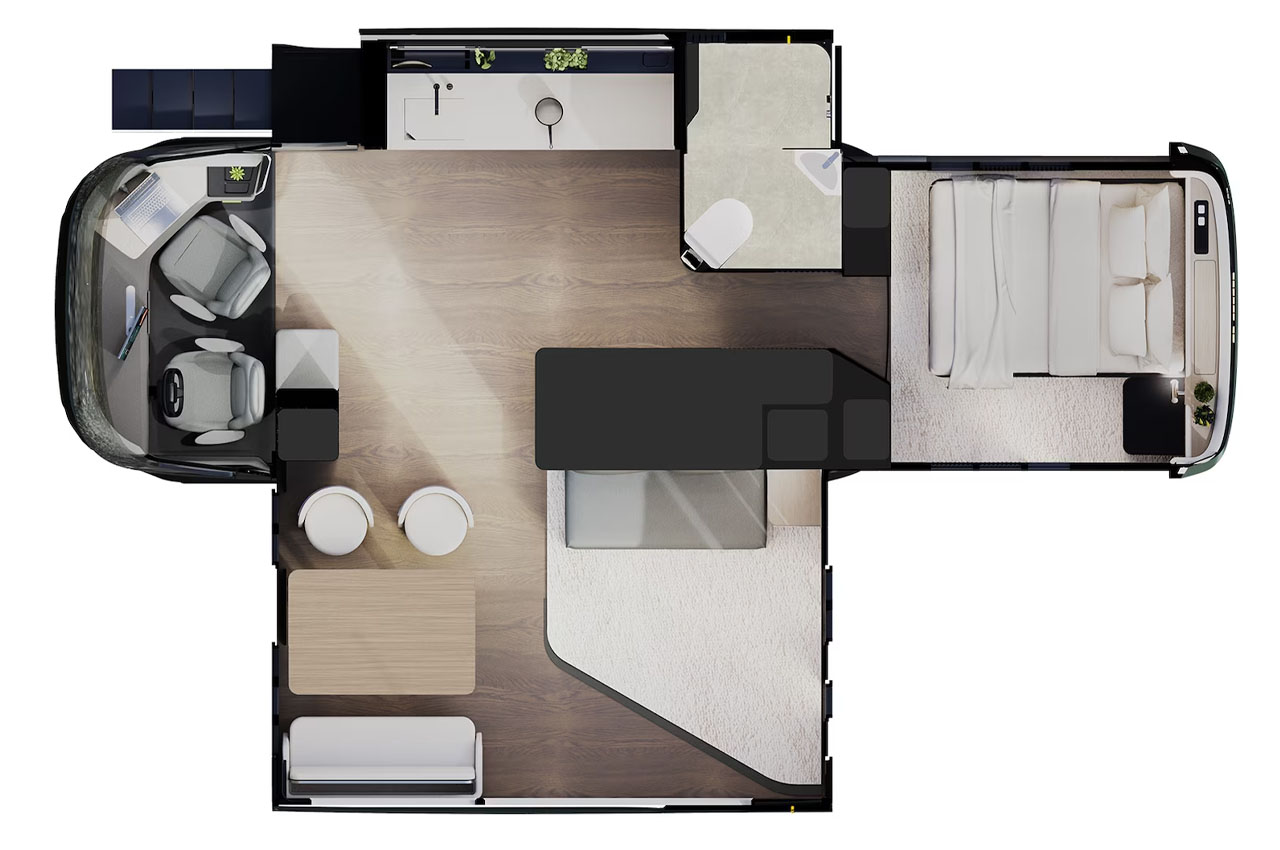
While the expanding form factor of the eTH would allow the RV to redefine the concept of living on wheels, it will be the inherent off-grid features that would make it a haven for adventurers. To that end, the modular RV features retractable 25kWh solar panels on the roof and onboard batteries to power it for a week of off-the-grid living. Details on the sleeping facility, washroom, and kitchen are scanty at the moment, but the Electric Transformer House has an Atmospheric Water Generator that produces fresh drinking water from the air every day.
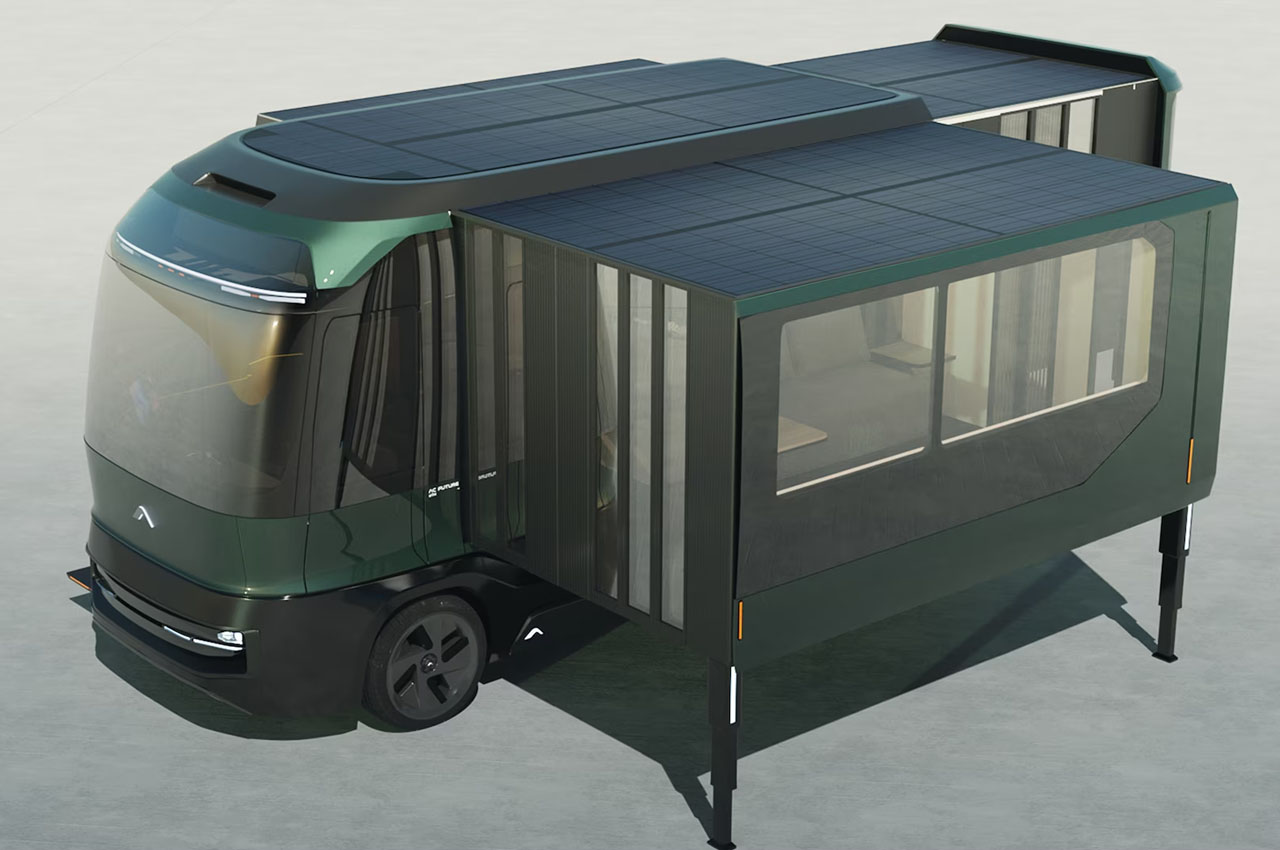
The fascination extends further into the inside of the eTH where folding furniture enthralls with the convenience it renders while driving or when halted for the night. The lux interior allows this RV to be used as a full-time residence or mobile home by nomadic workaholics. For the latter, the inventive cockpit with driver assist technology and entertainment hub has a dashboard that doubles as an office desk. The steering wheel retracts under and the space above becomes a functional workspace while Starlink and Co-Pilot take care of the connectivity requirements.
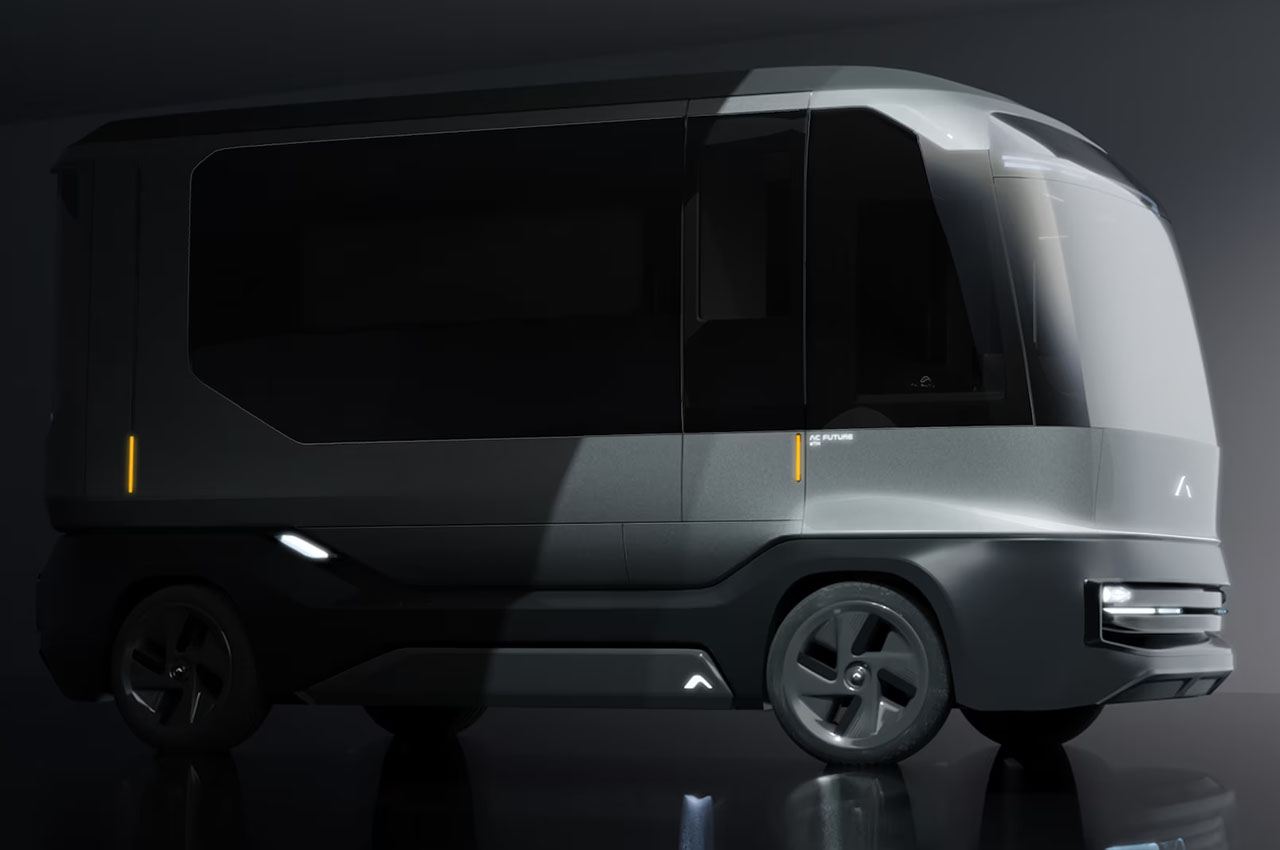




The post This 20-foot-long futuristic recreational vehicle has button-activated expandable walls to become a 400 sqft mobile home instantly first appeared on Yanko Design.
